English
Türkçe bölüm için lütfen buraya tıklayın.
Hello everyone!
I hope you're doing well or are trying to be well. I’m still running on no sleep. After yesterday’s earthquake, I’ve been on edge, and I found myself sitting down to write this as a way to unwind. Those who know me well will already be aware of this: I’ve always found writing to be wonderfully calming. Especially when I hear the click of my keyboard, it reminds me that I’m not wasting my time.
So, what shall we talk about today? As you can see from the cover photo and title, we’re heading to the Şanlıurfa Archaeology Museum. I think it might just be the finest archaeology museum I’ve visited so far. In fact, I dare say that even the Göbeklitepe Museum didn’t leave me quite so impressed.

On my visit, I learnt that time flows differently in Şanlıurfa. Here, your footsteps don’t just take you through its streets, they carry you thousands of years into the past, because the whole city breathes history. From the outside, the museum looks modern, but once inside, you realise it’s more like an archive where civilisations whisper to one another. It even houses a replica of the Zero Point of History (Göbeklitepe) though we’ll get to that later.
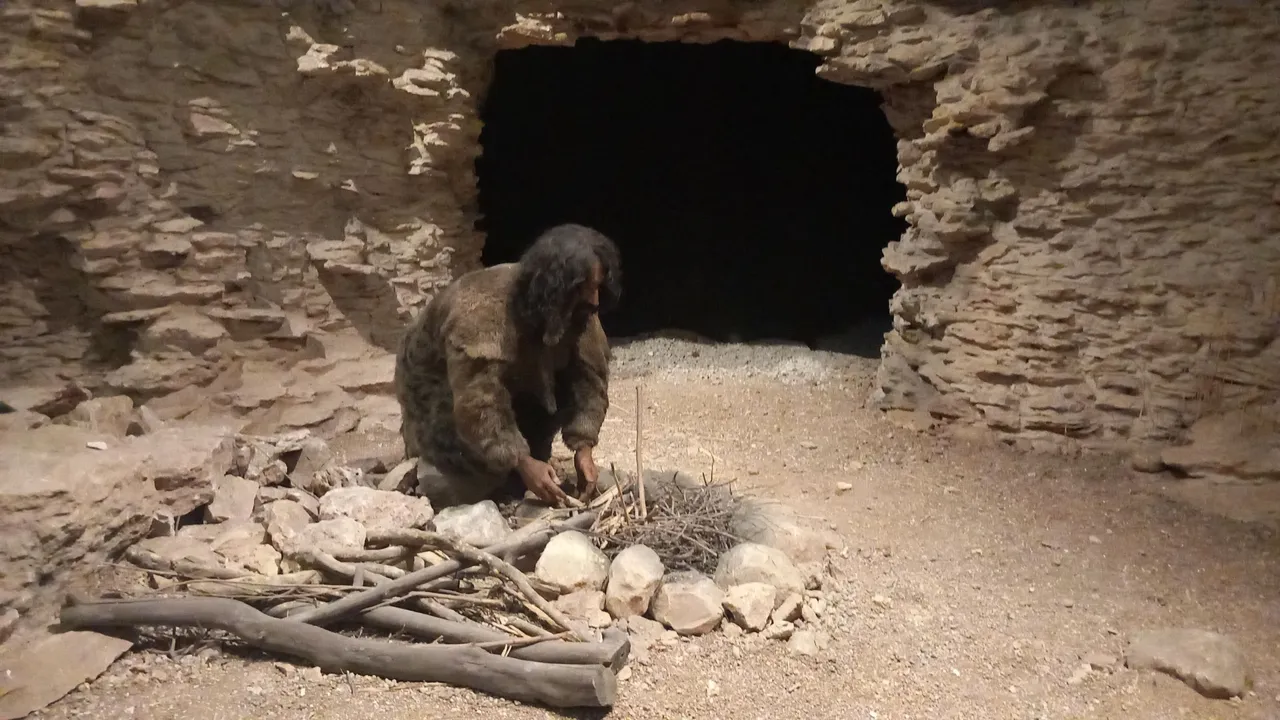
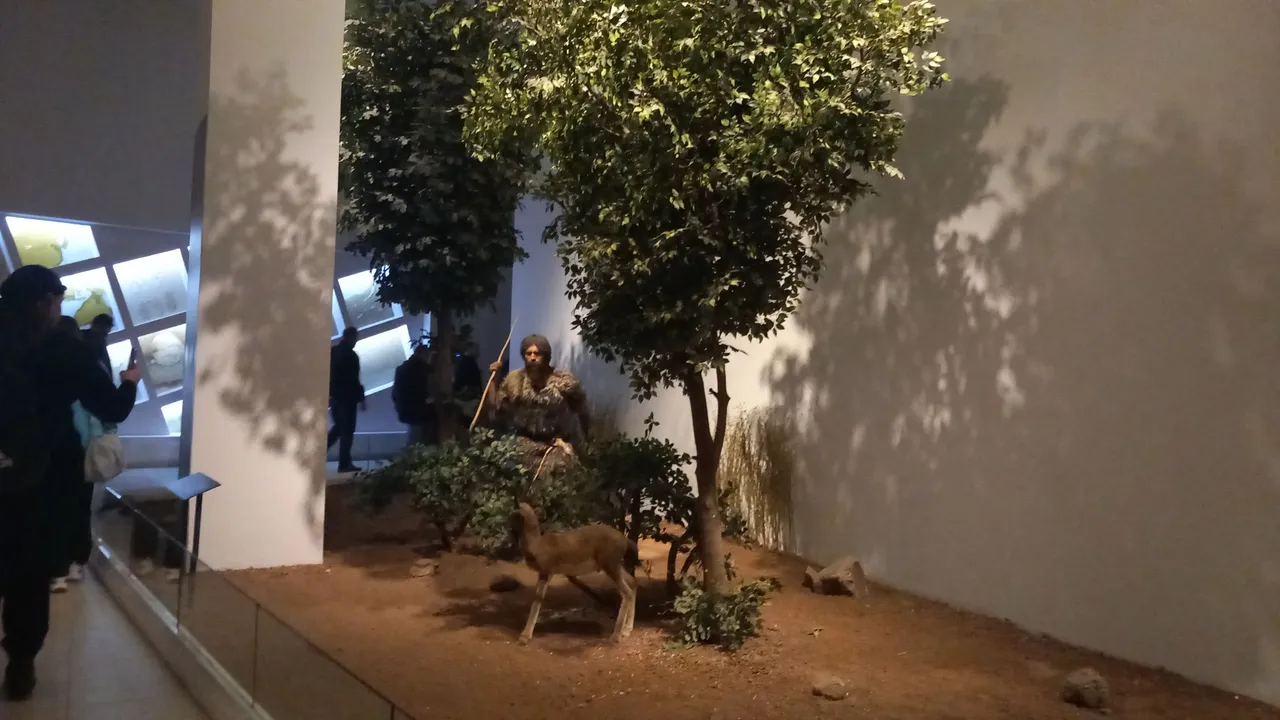
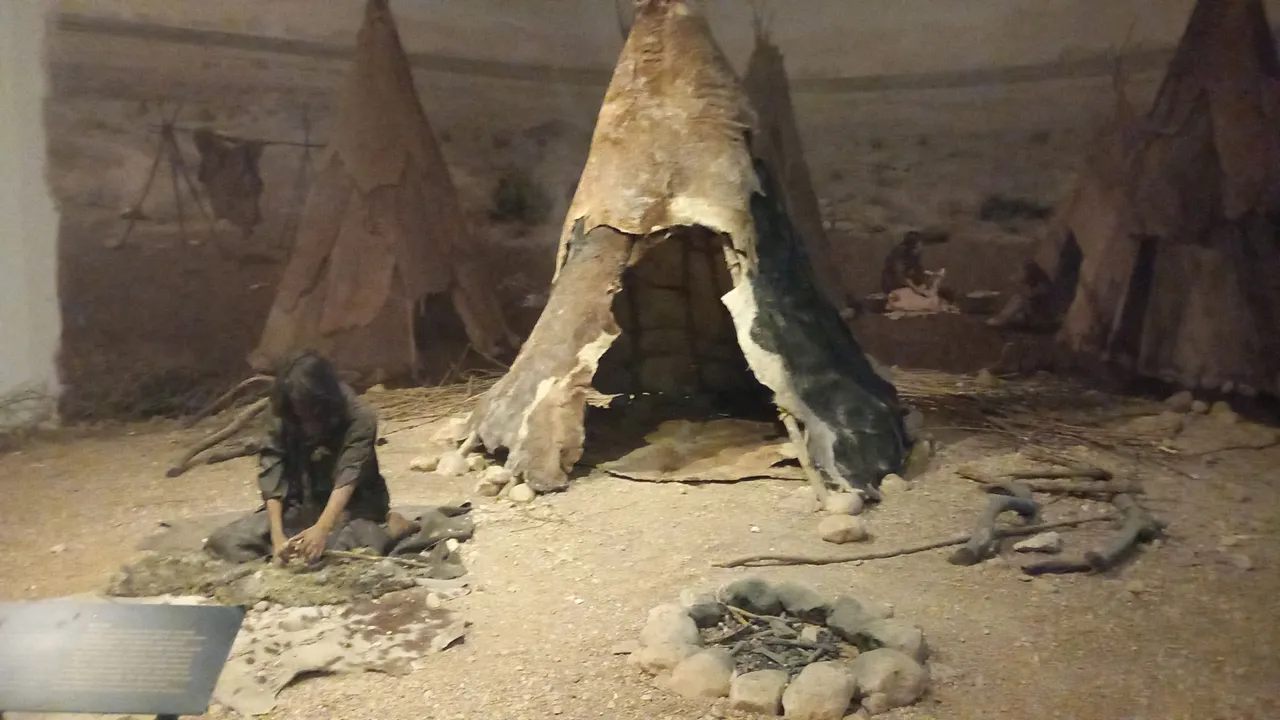

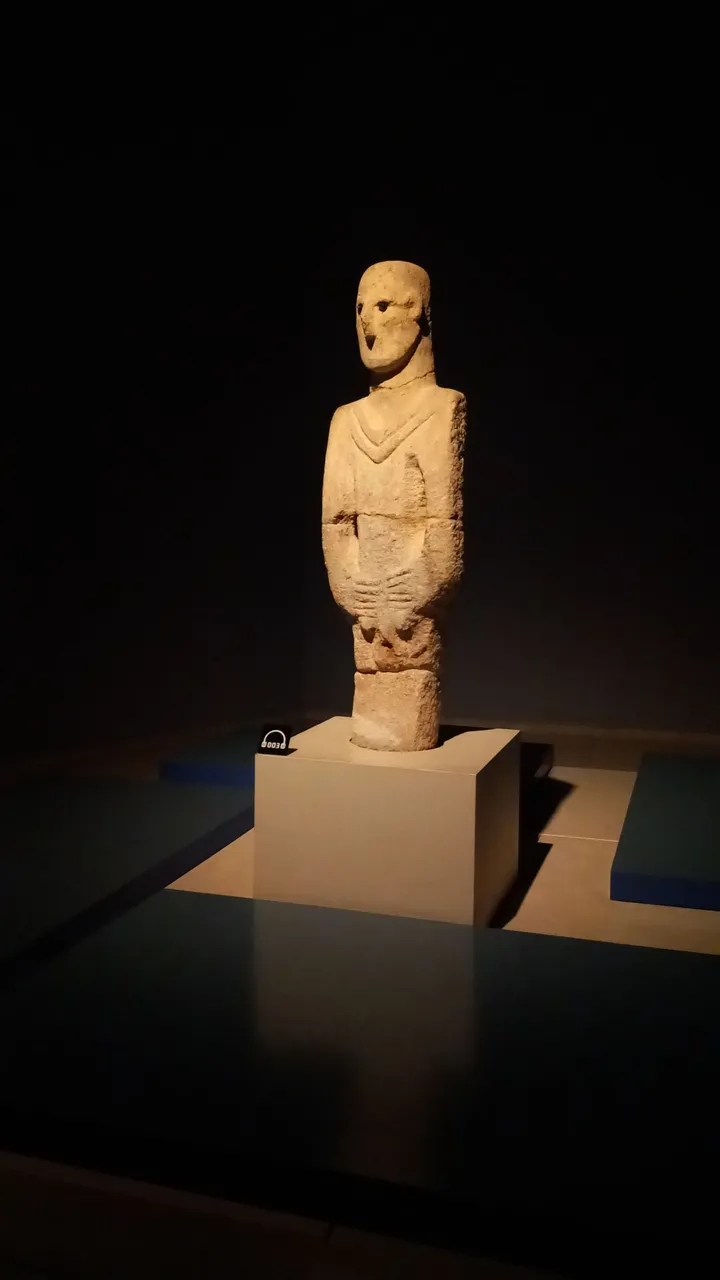

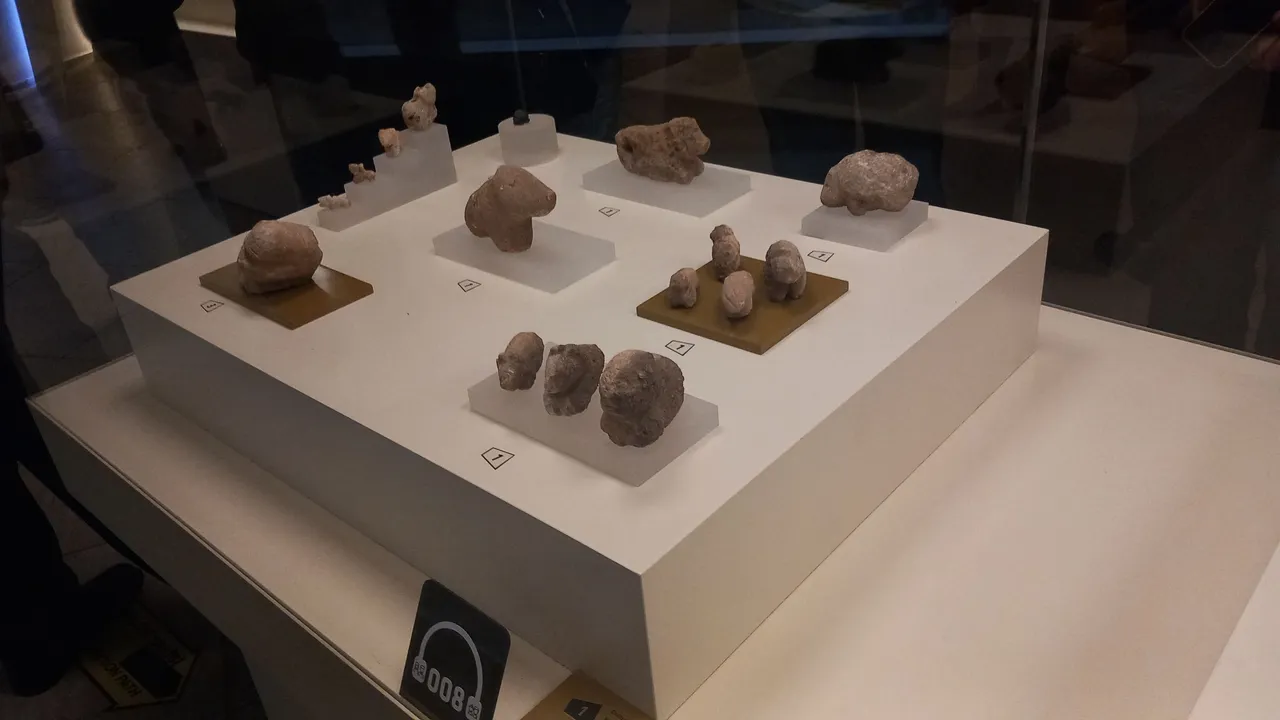
The very moment I stepped through the doors, I was struck by a dignified silence. People speak softly here, they walk a little slower, perhaps because the stone statues, pottery and bones in the display cases seem to be watching us. Their silent gaze says, “We were here.”
The museum is home to the world’s oldest known statue: Urfa Man. When I first saw him, it felt as though time had been peeled away. Standing at 1.80 metres tall, carved from limestone, with eyes of black obsidian, he dates back to around 9500 BC, even older than Göbeklitepe. He wears no clothing, standing with his hands clasped over his abdomen. There is a serenity on his face, but also a quiet unease, as if he had already understood the future of the world thousands of years ago, yet chose not to tell us.
Walking further along the museum’s corridors, you begin to grasp just how many layers of history Şanlıurfa holds. There are artefacts from the fertile lands of Mesopotamia, finds from Göbeklitepe, stone slabs carved with hunting scenes, symbols, monoliths… Some of the animal figures are so vivid it feels as though they might step right out of the stone and wander around you.
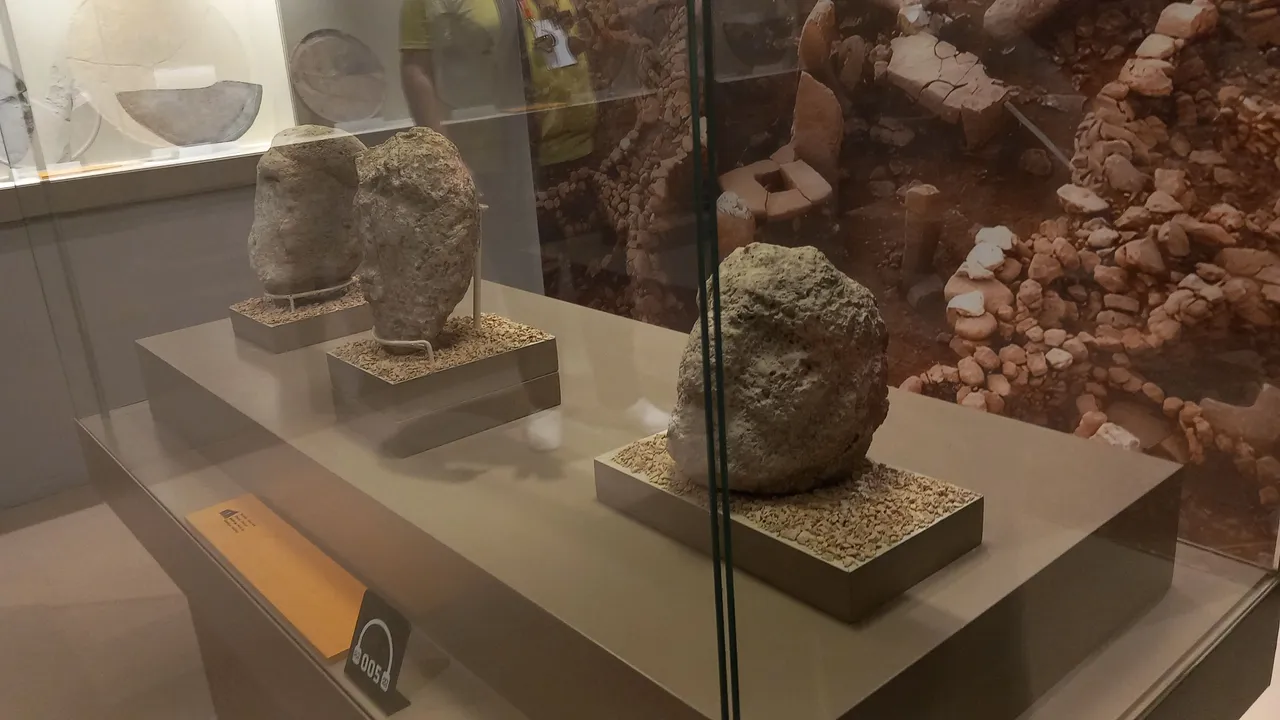
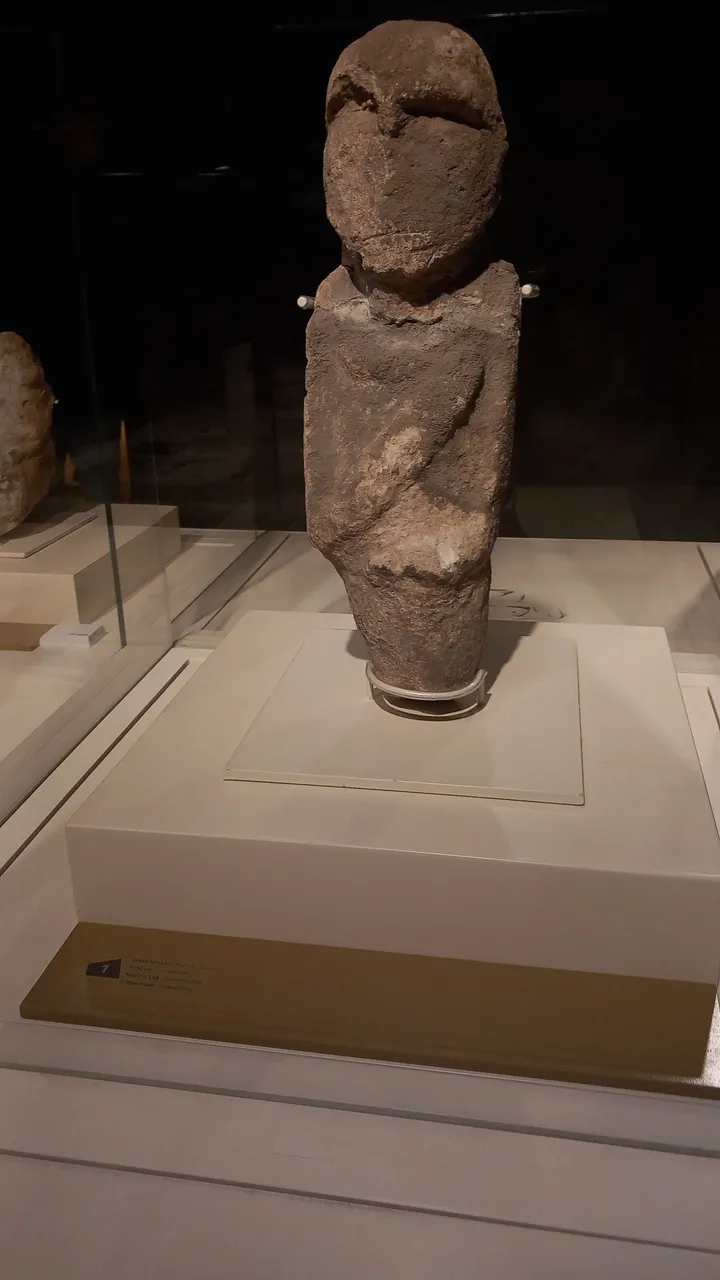


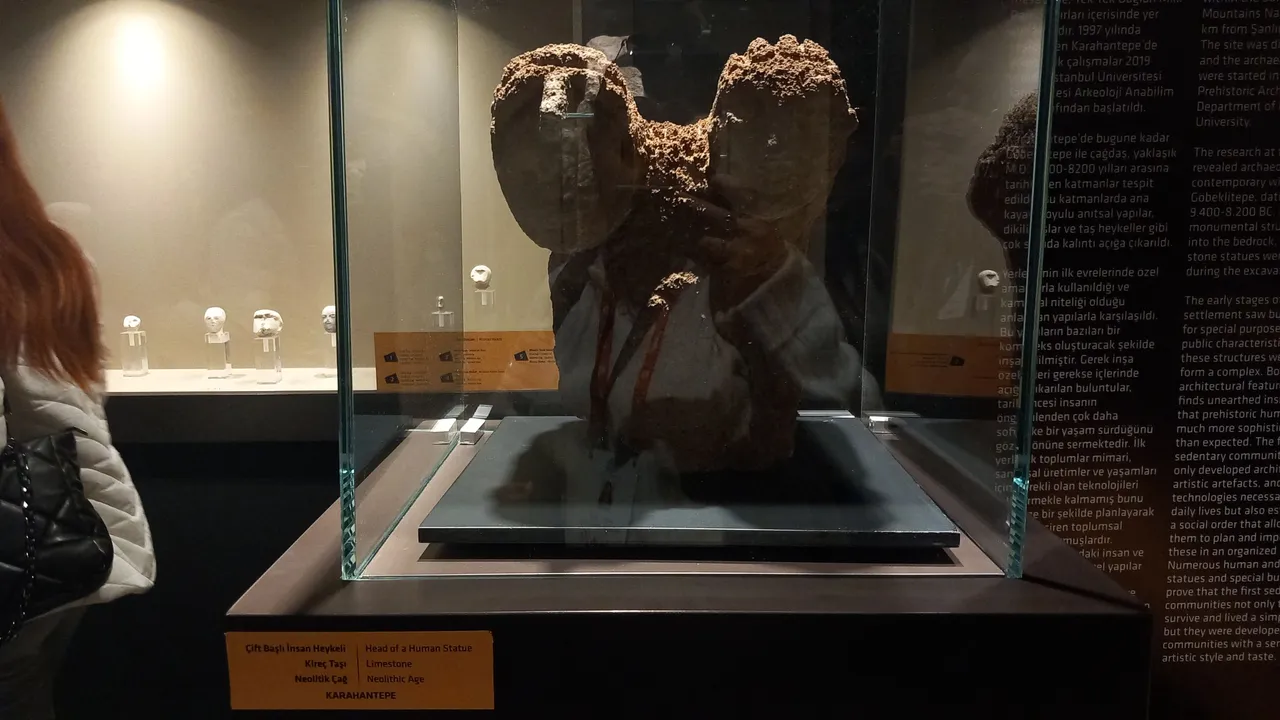
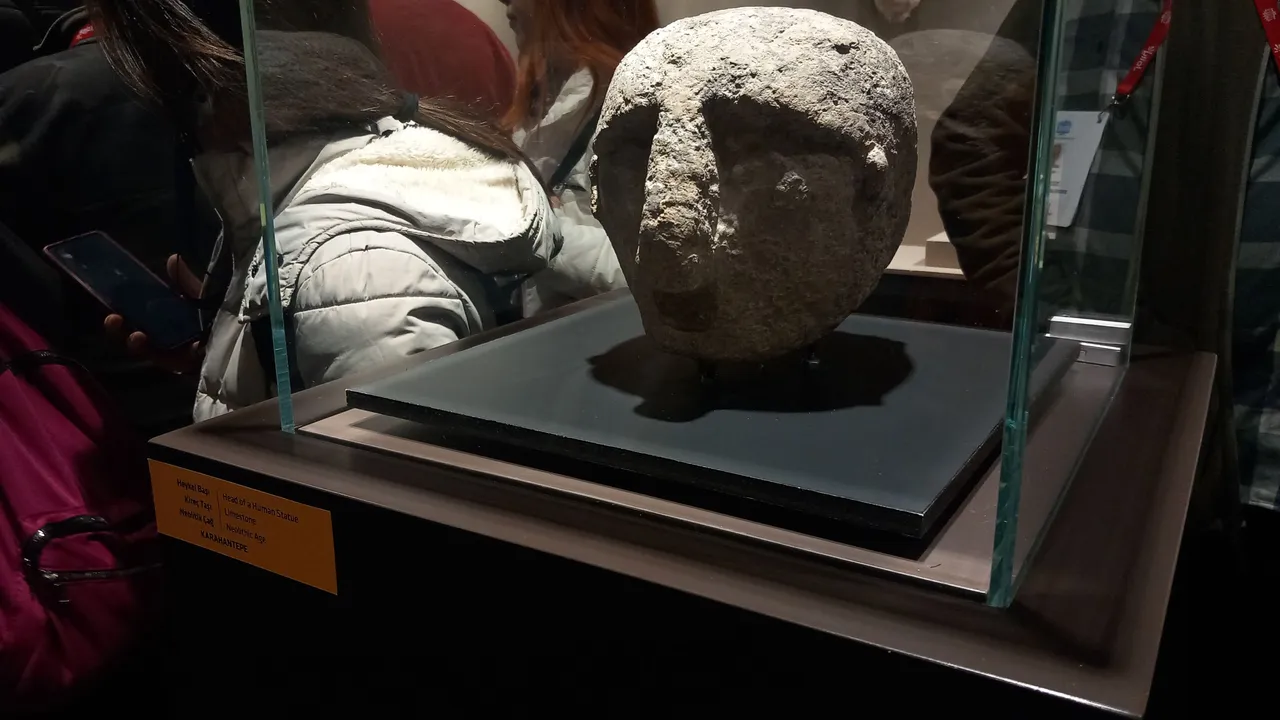
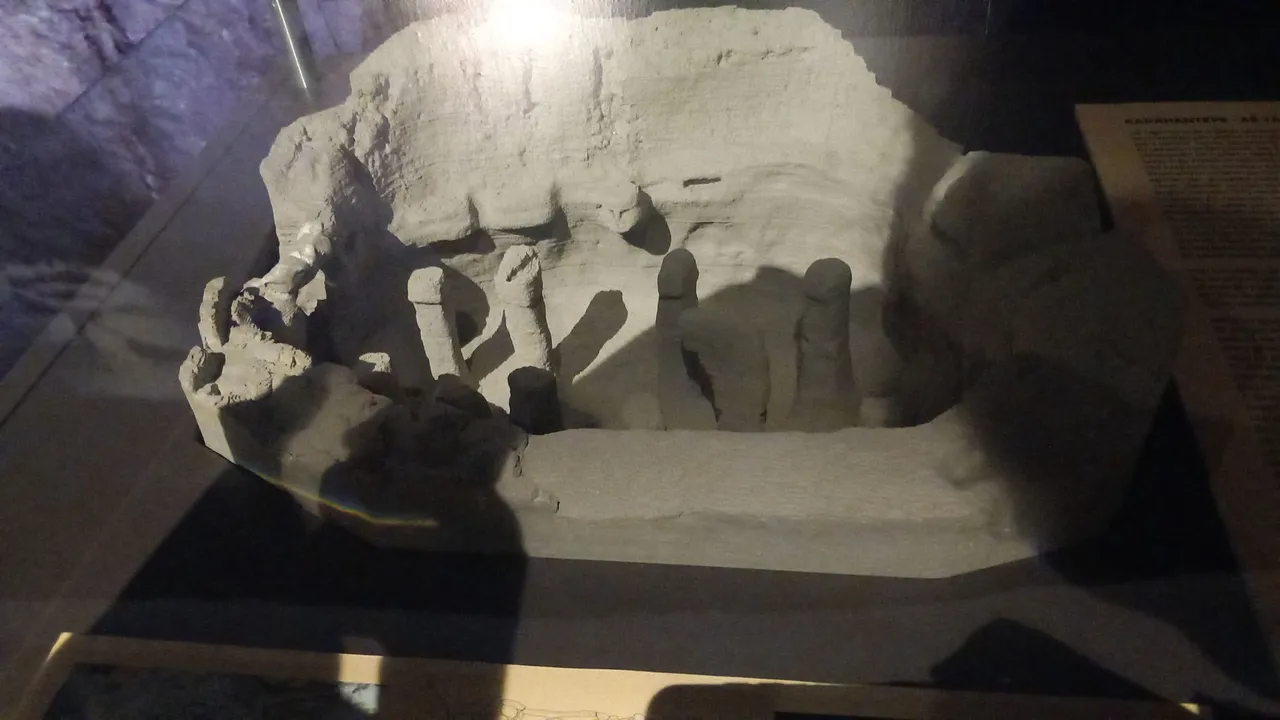
There are human figures with arms crossed over their chests, small sculptures that look as though they are covering their faces… All sharing the same expression, a sort of reverence for the unknown. I wish I could show you all of them, or better yet, walk through the museum together and talk as we go.
The museum holds more than human figures, there are pottery vessels, arrowheads, bone tools… even painted bowls from as far back as 5000 BC. Looking at them, I found myself thinking: perhaps the meals once cooked in these vessels left their scent lingering in the walls of homes, and over time, that scent seeped into the memory of stone and earth.
In one corner, jewellery unearthed from excavations in and around Urfa is on display, gold necklaces, bronze bracelets, ornaments carved from bone. All proof that even thousands of years ago, people valued beauty. I imagined one of those bracelets adorning a young bride on her wedding day, perhaps given as a gift by the man she loved. And now, it rests behind glass, examined by thousands of strangers’ eyes.
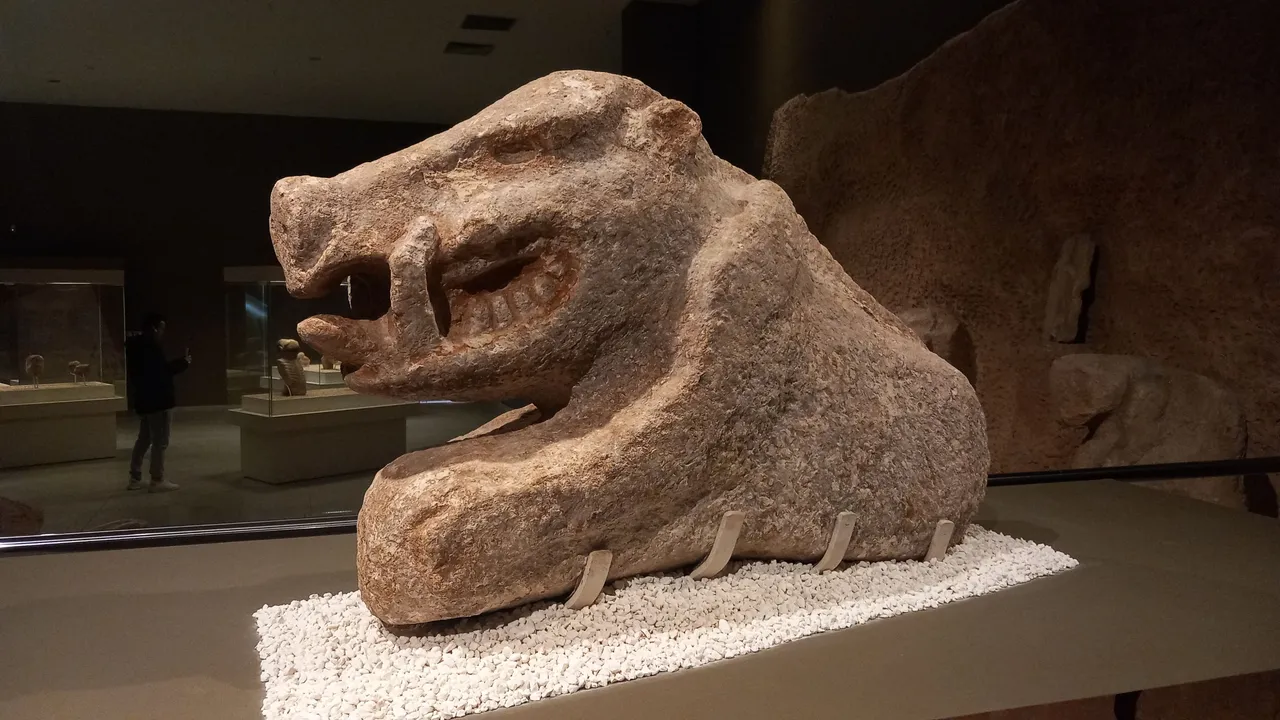
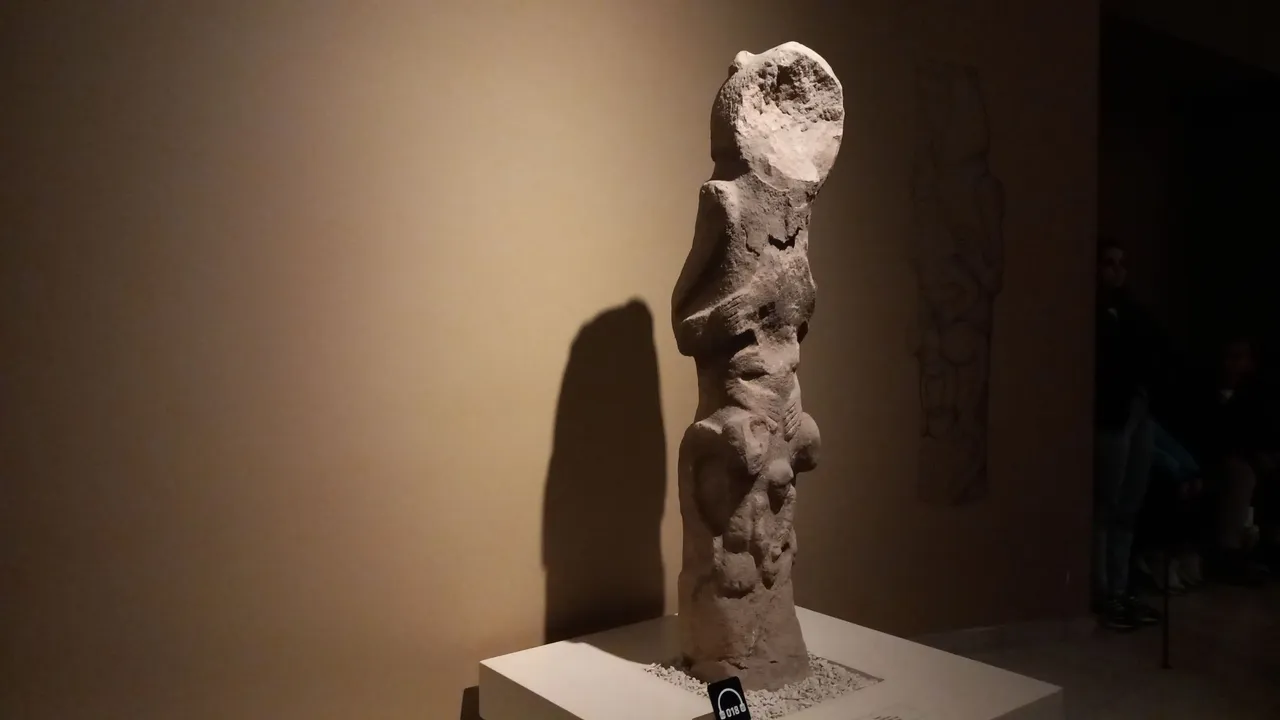
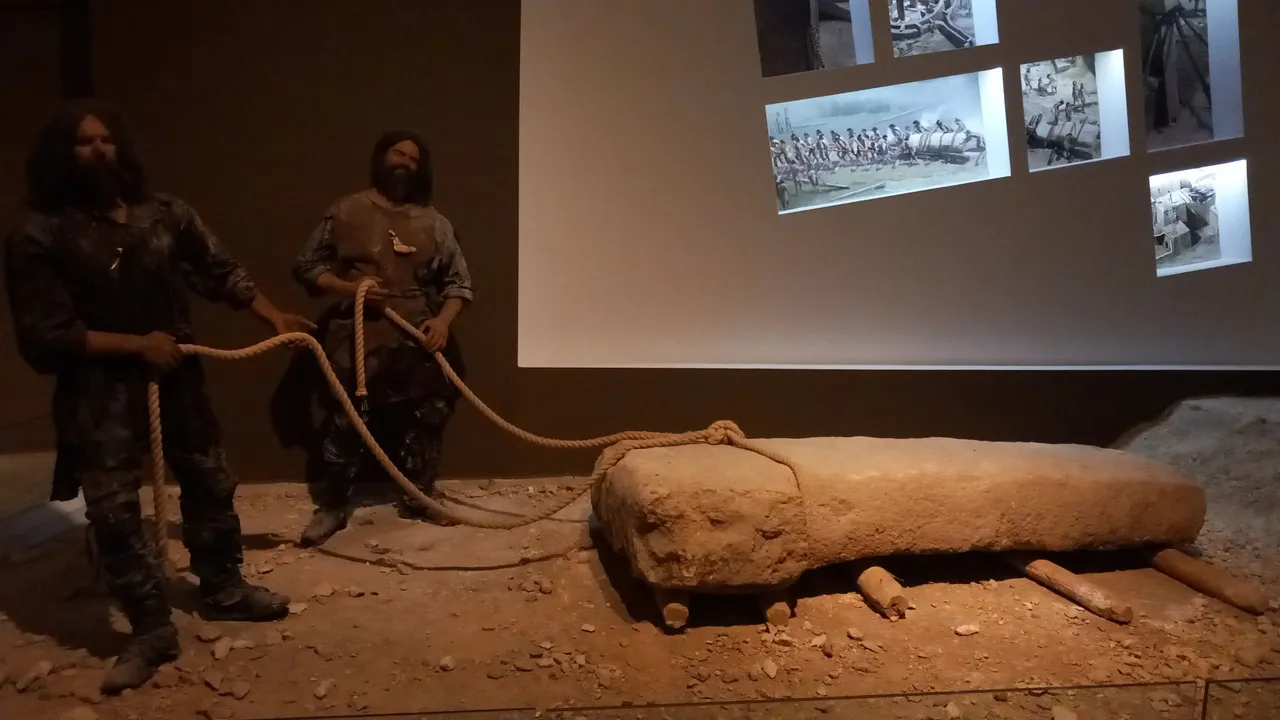

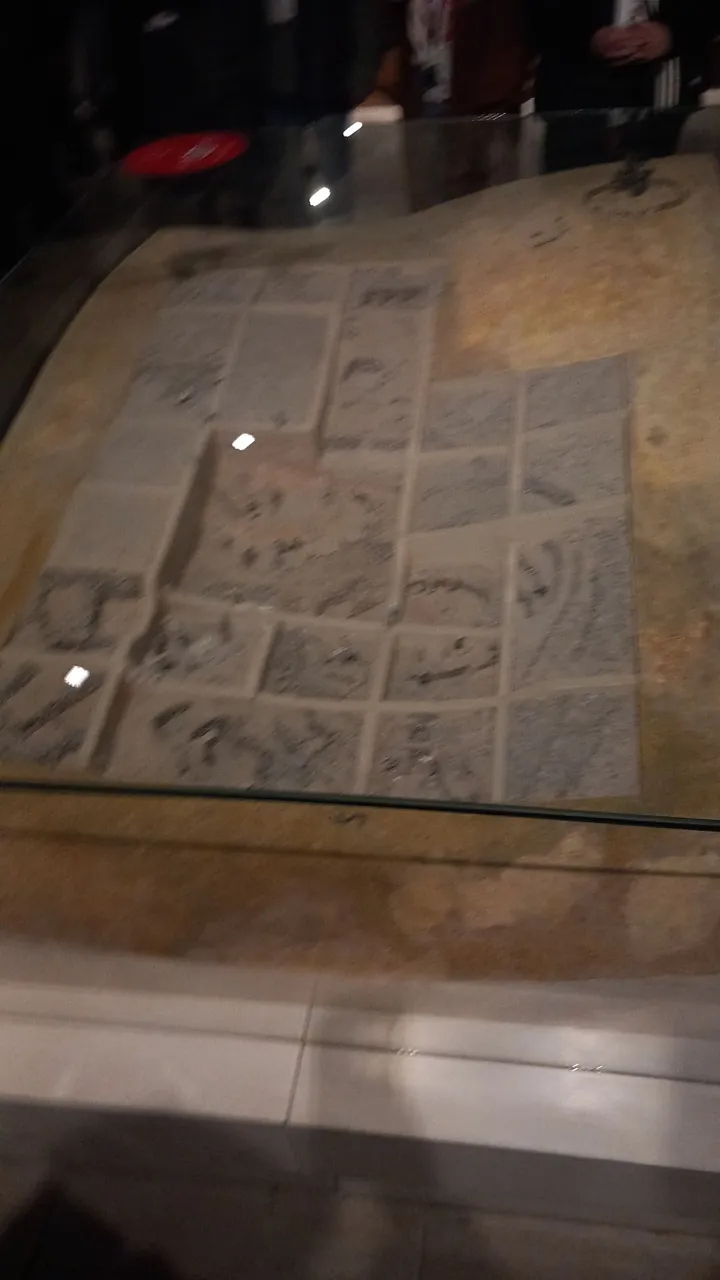
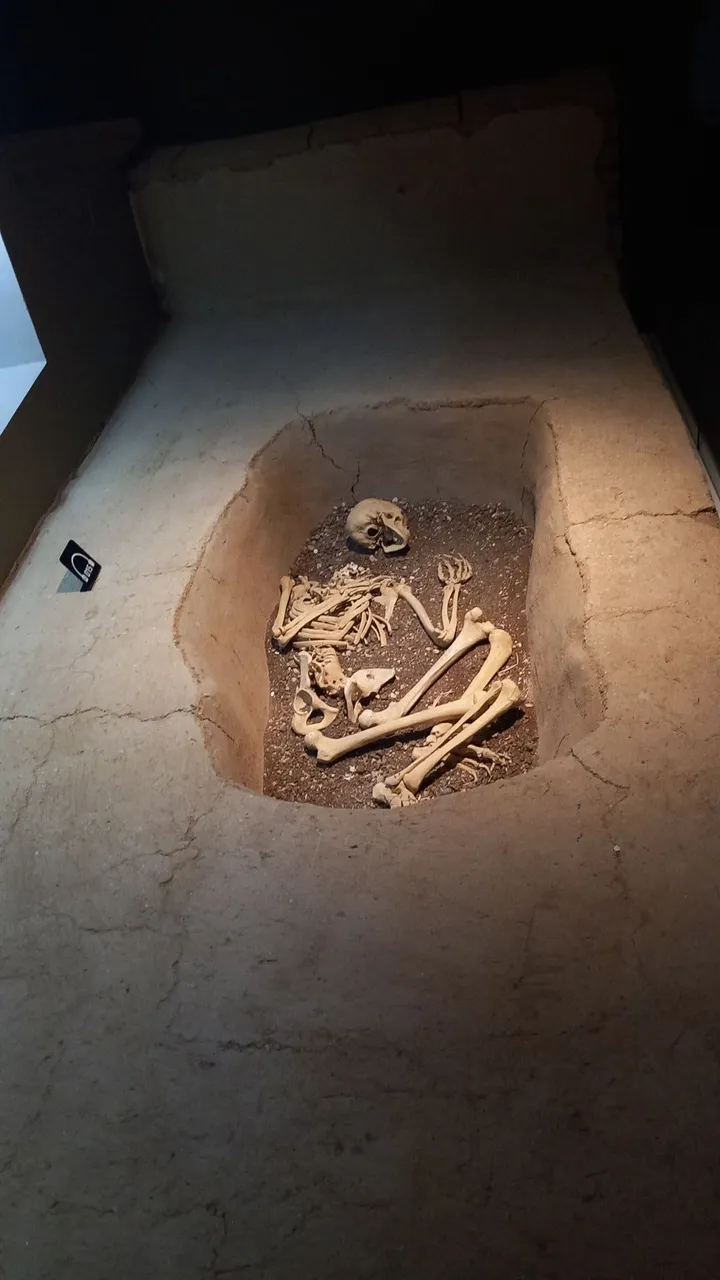
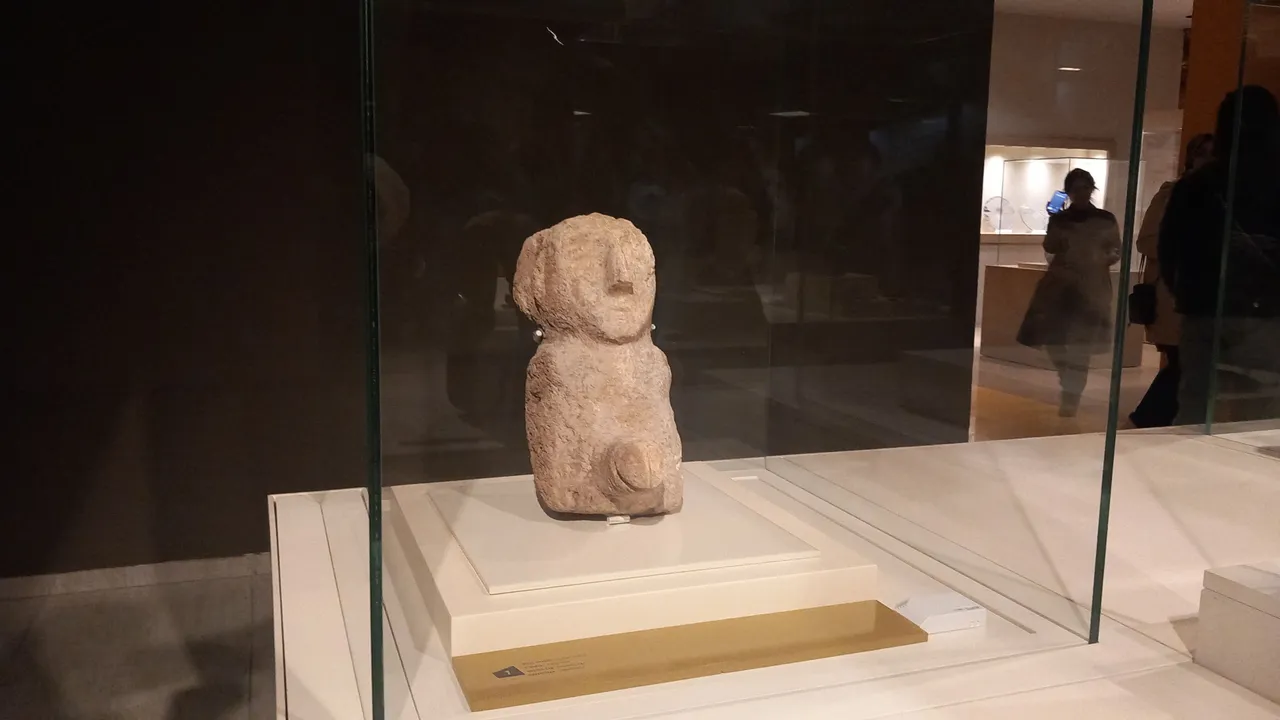
And then, in the quiet of the museum, I felt it: this is not just an exhibition space, but a storehouse of memory. It’s so full that if you tried to add something more, it would cry out, “Enough!” Every object here was once held in someone’s hands, perhaps a mother’s, perhaps a craftsman’s, perhaps a child’s. Time has taken those people from us, yet their touch remains.
Before leaving the final gallery, I stood for a long while looking into the cases. To see traces of humanity stretching this far back makes you realise how short our own lives are. We may live 70 or 80 years, but these stone statues have stood here for over 10,000 years, and somehow, they have outlasted us all.
Before I left, I visited Urfa Man one last time. Meeting his gaze, it was as though he were saying: “Time changes. People change. But we remain.”

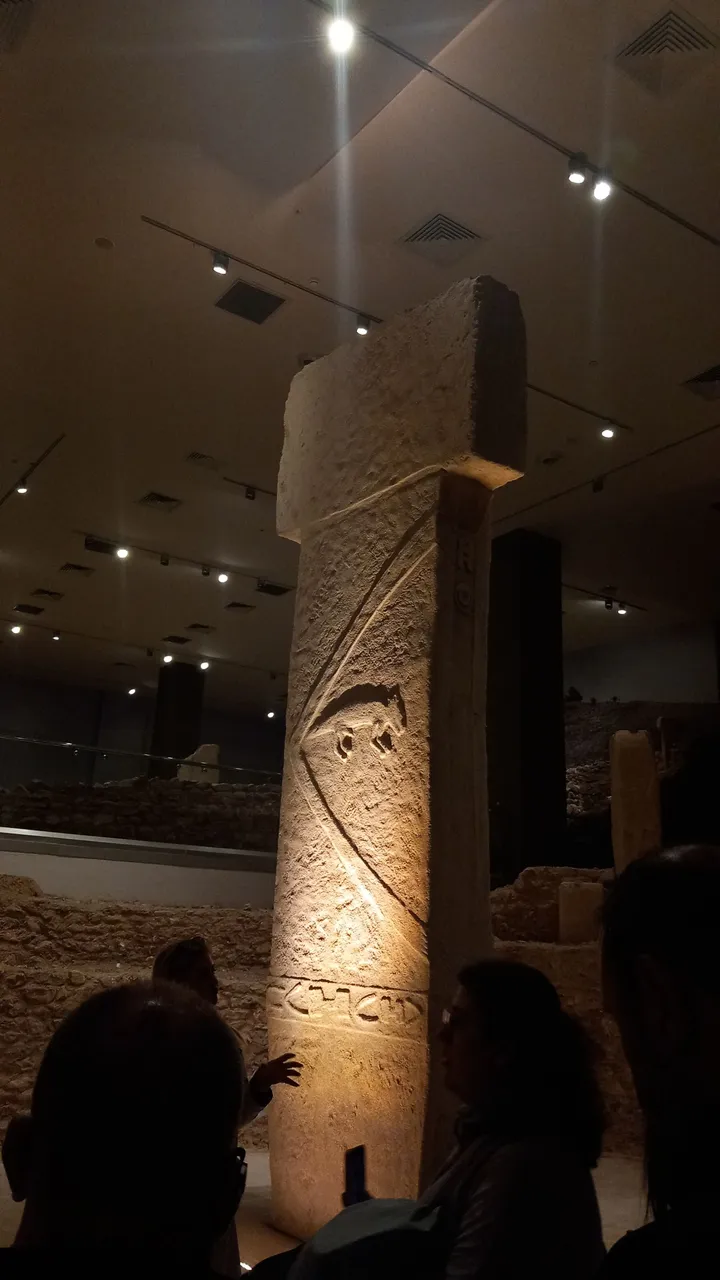
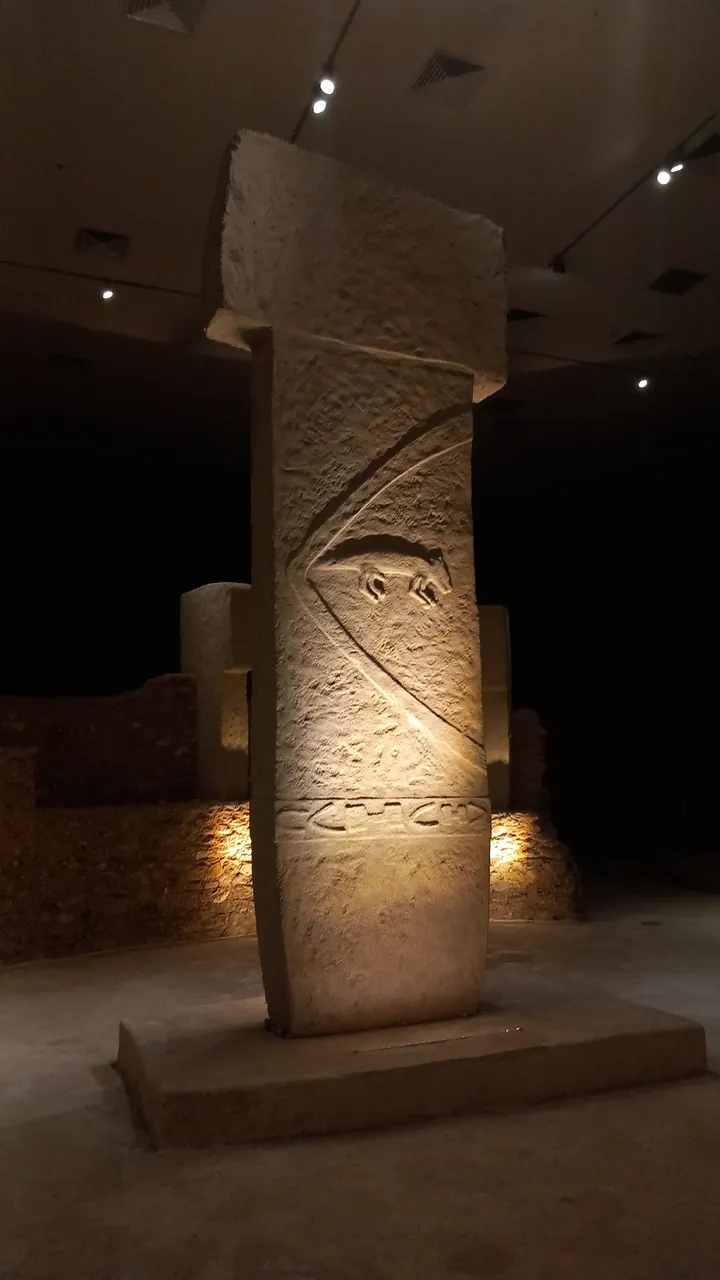
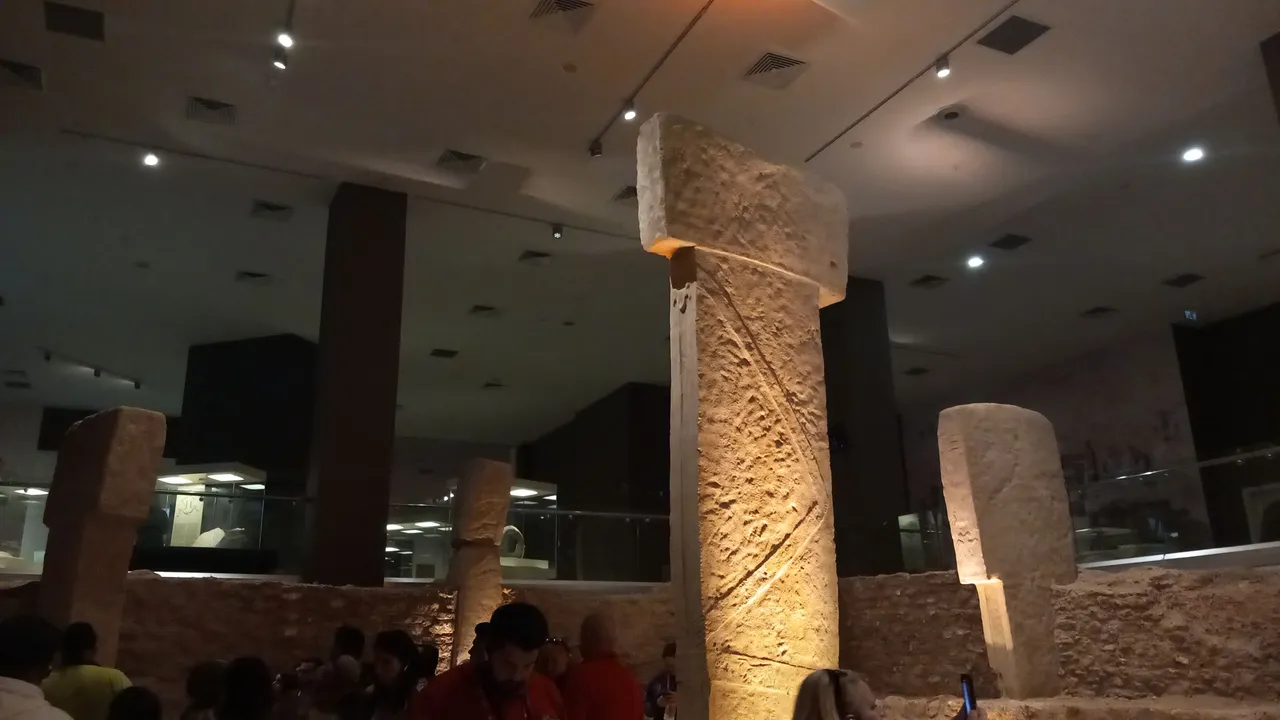
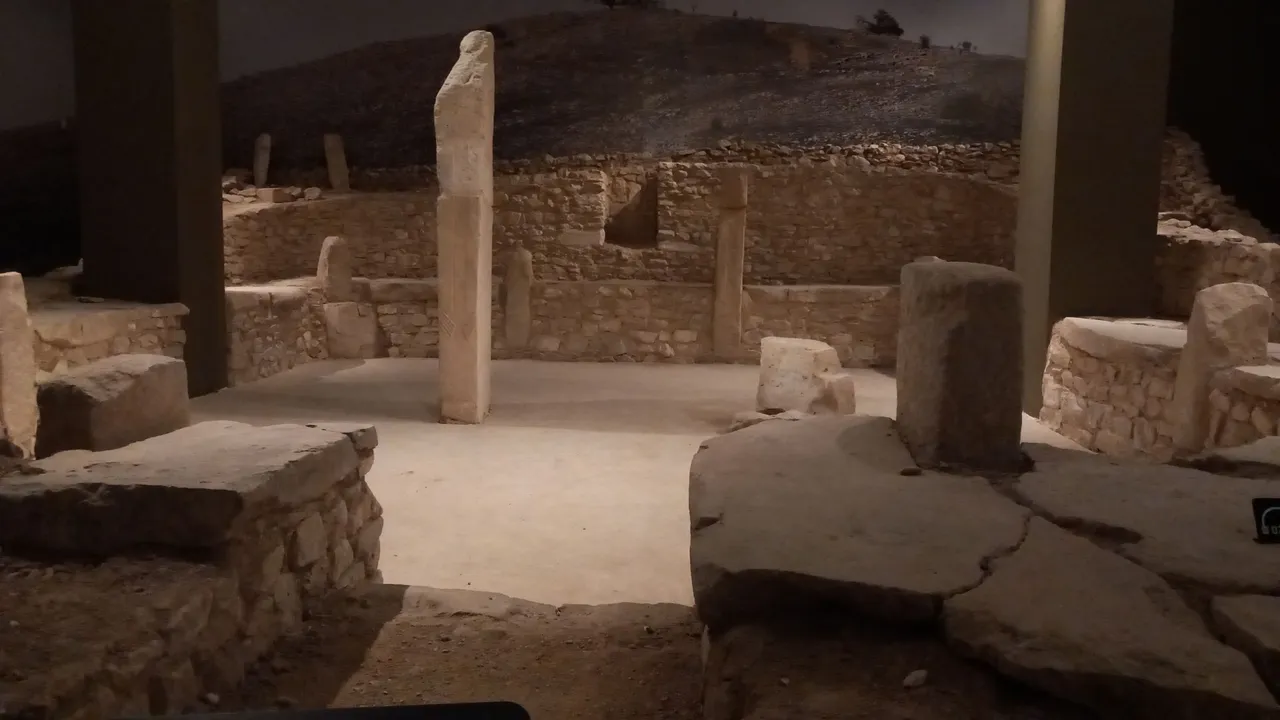
At last, I reached the replica of Göbeklitepe. This space has been designed to give visitors almost the same feeling as the original site before they even set foot there. The carvings on the stones… it’s as if, thousands of years ago, a hunter-gatherer pressed a sharp flint carefully against the surface, leaving behind a story that has travelled all the way to today.
The standing stones, the gaps between them, the T-shaped pillars… they are arranged so precisely that you cannot help but wonder, “What were the builders thinking?” The lions, snakes, and cranes carved into the stone, what did they mean? Faith? Social order? Or something far deeper, beyond our imagination?
The replica doesn’t just invite you to look, but to feel. Those who have been to the real Göbeklitepe will know that it has its own special silence. That silence isn’t here, but there is something else: the chance to see the details up close, to linger over them, perhaps even to imagine tracing the carvings with your fingertips.
And if you look closely at your photographs, you’ll notice, when the light falls just right on the stone, the reliefs seem to come alive. Perhaps, for the briefest moment, the shadows of thousands of years ago pass by your side. And there you are, in the middle of the museum, face to face with a reborn version of the world’s oldest known temple.
I could only show you a handful of the dozens of photos I took. I hope I’ve done the place justice. What the Şanlıurfa Archaeology Museum has given us — and what I’ve been able to share with you, is, in words, only this much. See you later. Take care of yourself in advance, stay in health and love, and please remember that;
You are the only one of you.


Herkese merhabaaaa!!!
Umarım iyisinizdir ya da iyi olmaya çalışıyorsunuzdur. Ben hâlâ uykusuzum. Dün olan depremden sonra iyice diken üzerinde hareket etmeye başladım ve kendimi rahatlamak için bu yazıyı yazarken buldum. Bu zamana kadar beni bilen biliyor zaten, yazarak sakinleşmeyi de pek bir severim. Özellikle de klavyemin tuş sesleri bana boş işlerle uğraşmadığımı hissettiriyor.
Peki bugün ne hakkında konuşacağız? Kapak fotoğrafında ve başlıkta da gördüğünüz gibi Şanlıurfa Arkeoloji Müzesi'ne gideceğiz. Sanırım şu zamana kadarki en iyi arkeoloji müzesi olabilir. Hatta ekleybilirim ki Göbeklitepe'nin müzesi bile bu kadar etkilememişti beni.
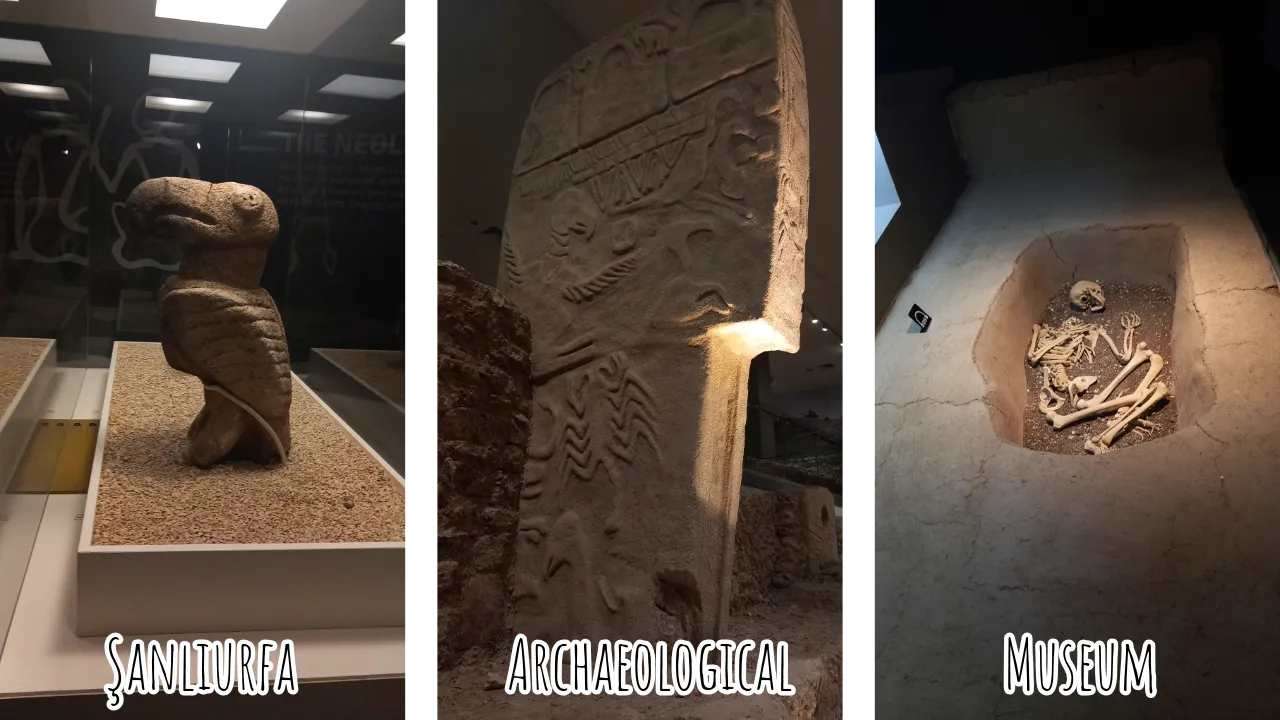
Şanlıurfa’da zaman farklı akarmış bunu öğrendim gezimde. Burada adımların seni sadece sokaklarda değil, binlerce yıl öncesine götürüyormuş çünkü her yeri tarih kokuyor. Dışarıdan bakınca bu müzeye, modern, ama içine girdiğinde anlıyorsun ki burası, uygarlıkların birbirine fısıldadığı bir arşiv gibi ve Tarihin Sıfır Noktası'nın bir replikasını da içinde bulunduruyor ama buna sonra değineceğiz.
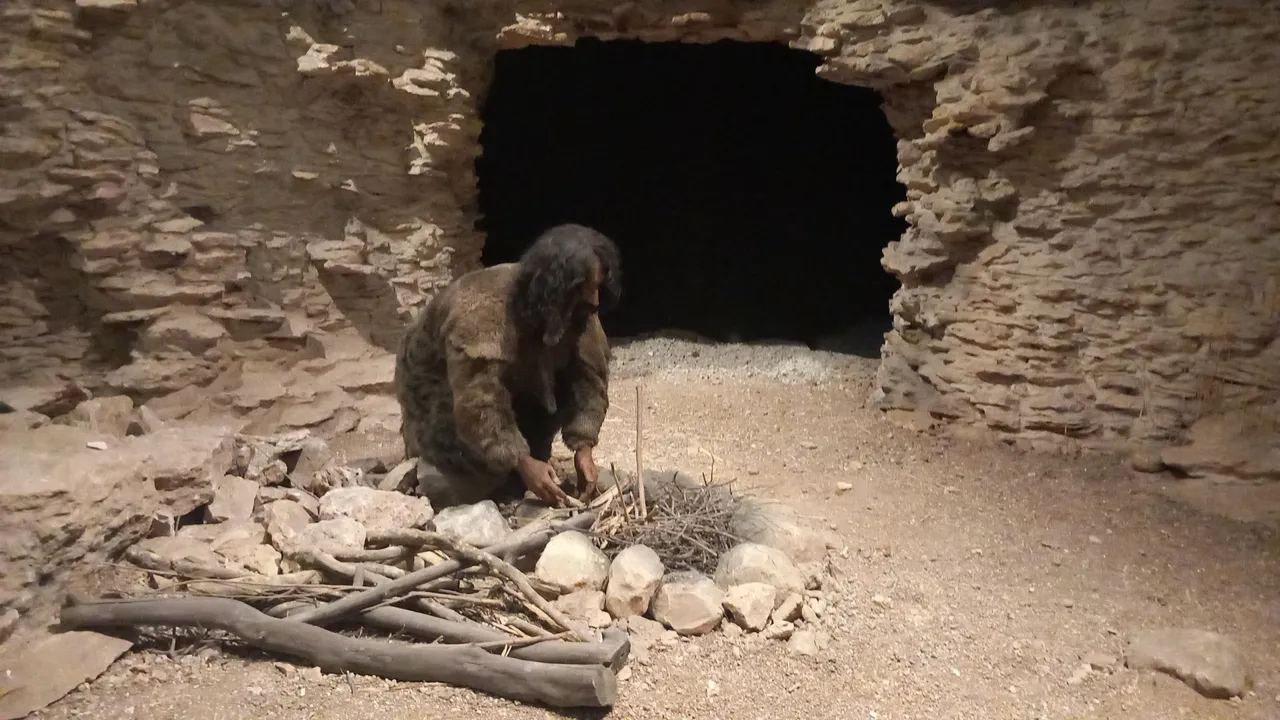
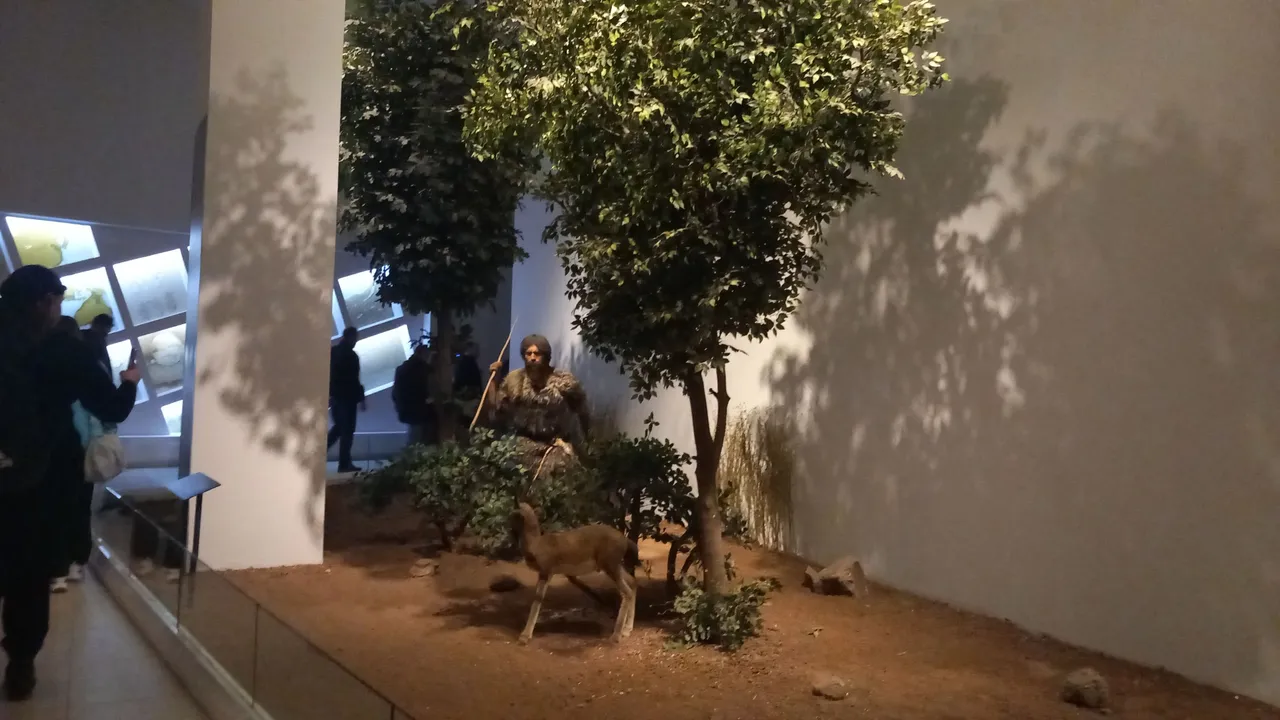
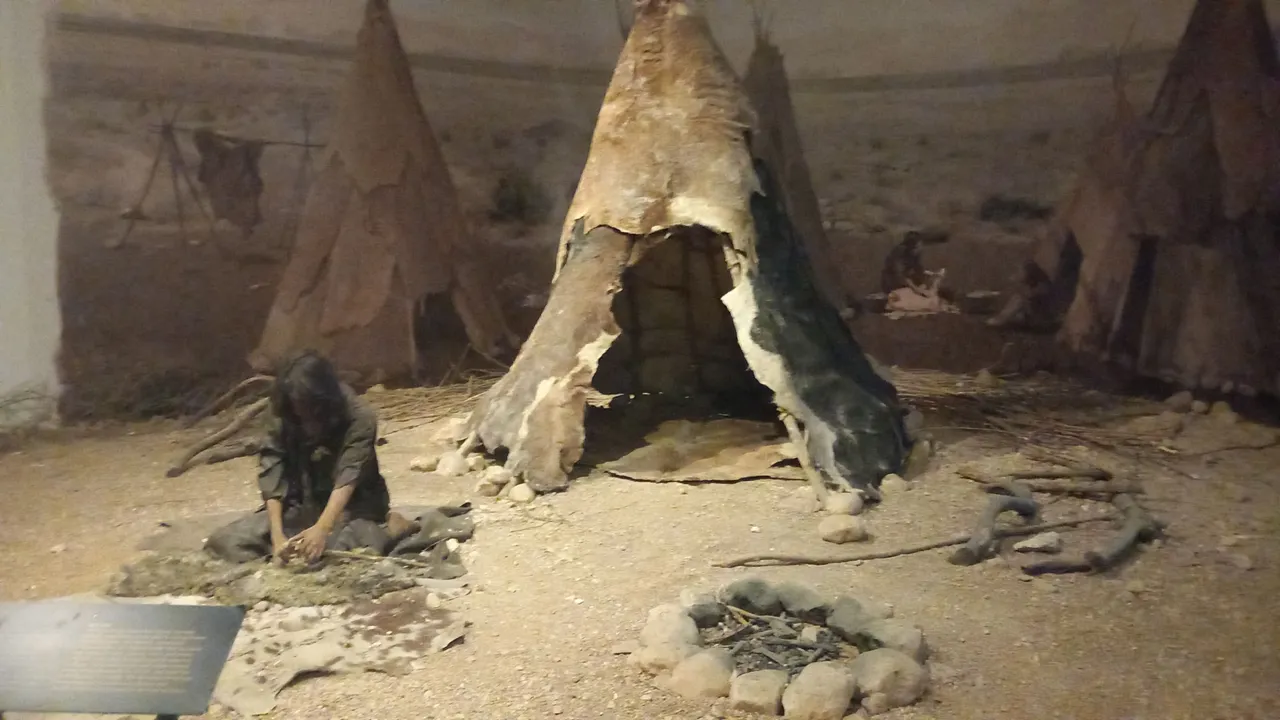
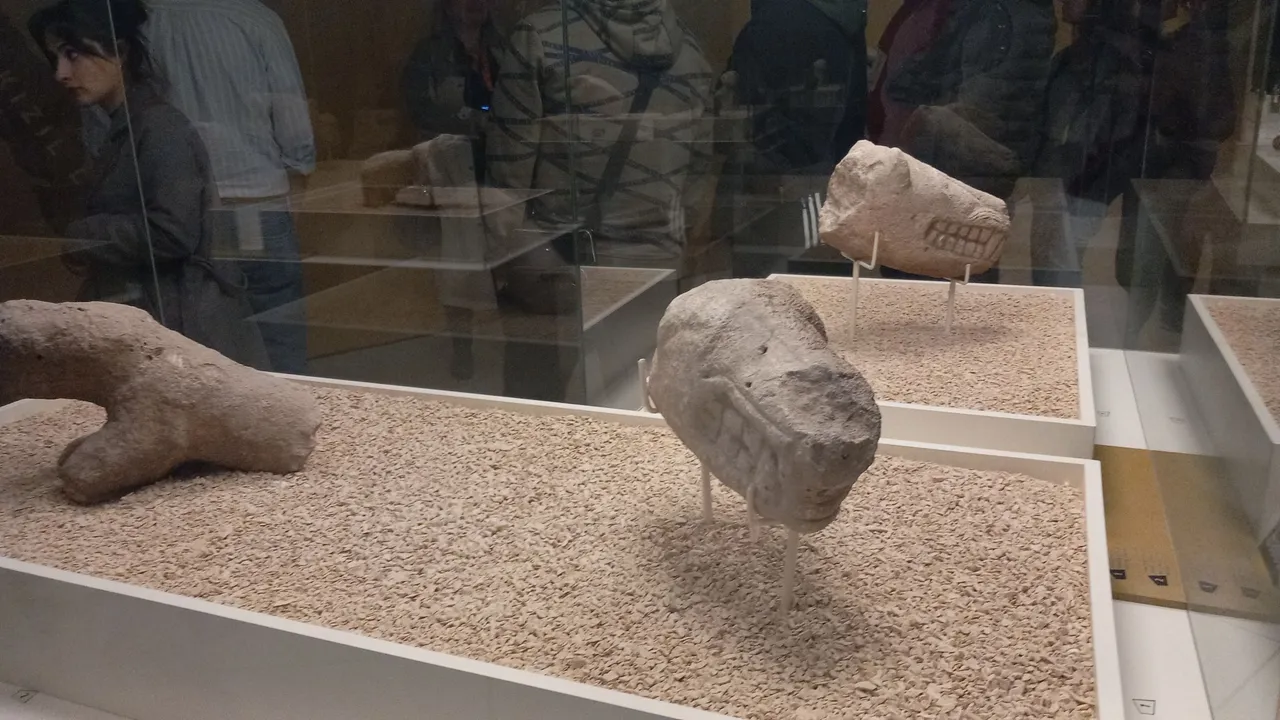
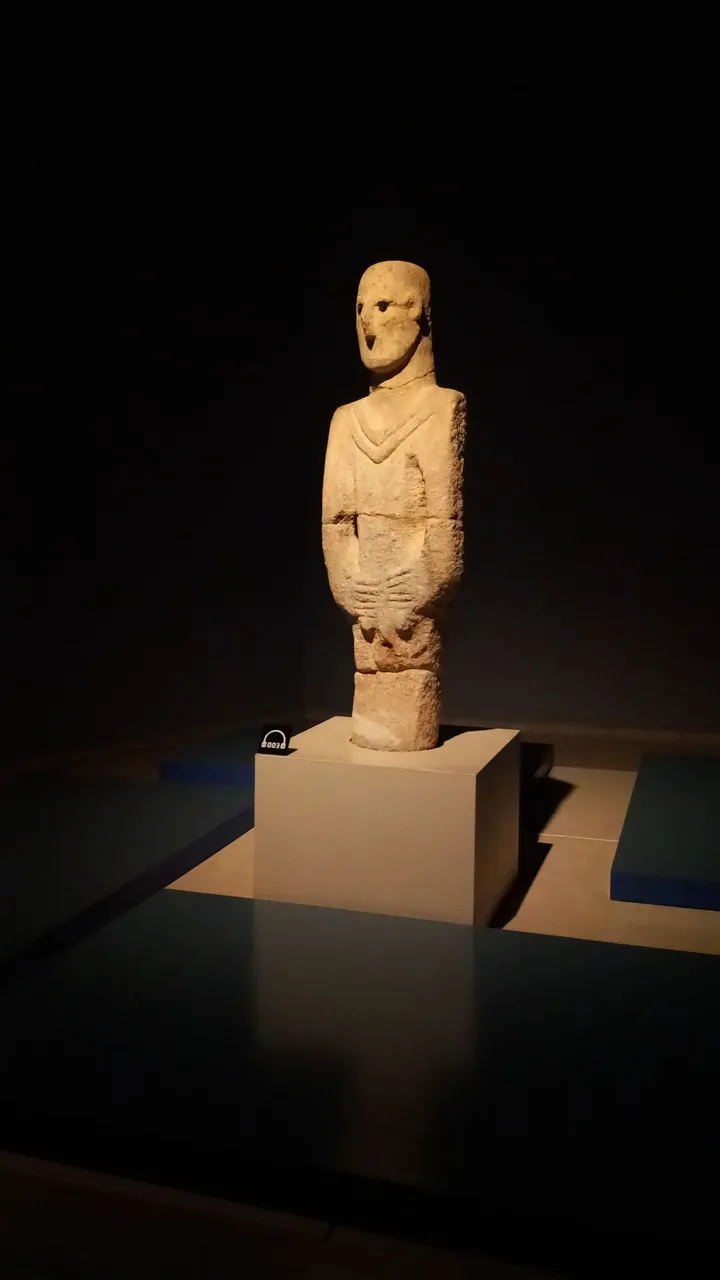
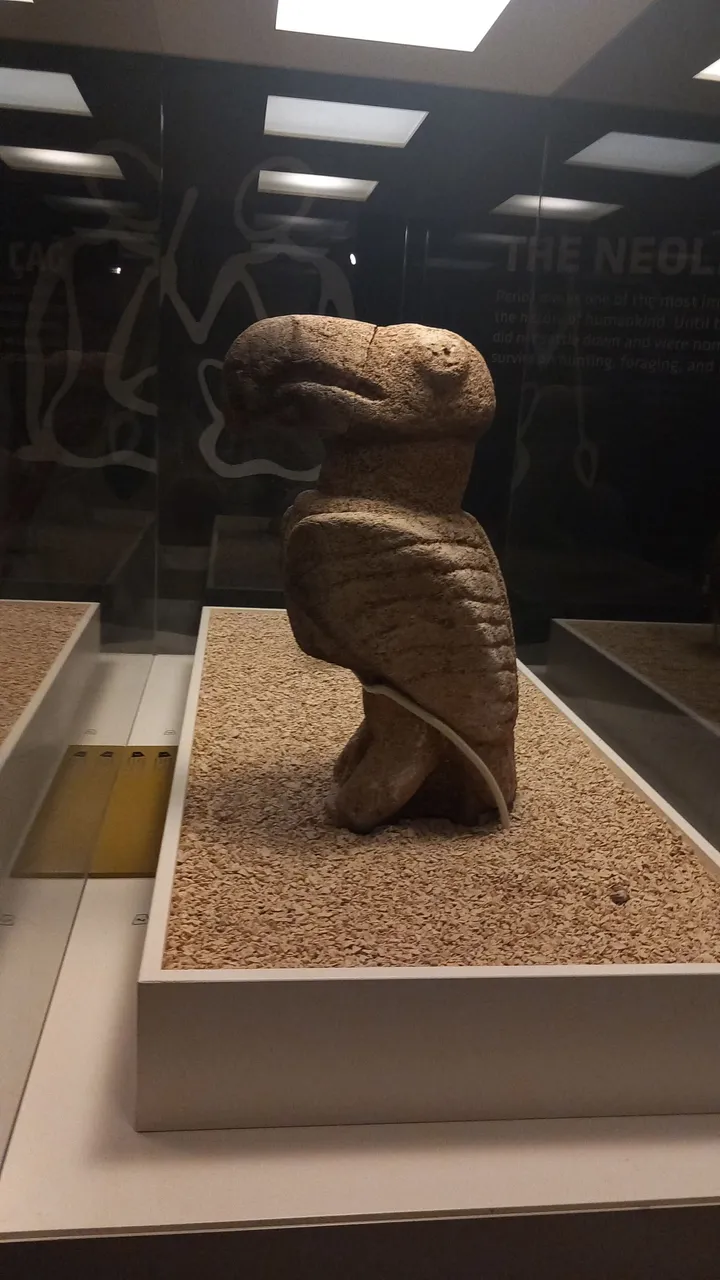
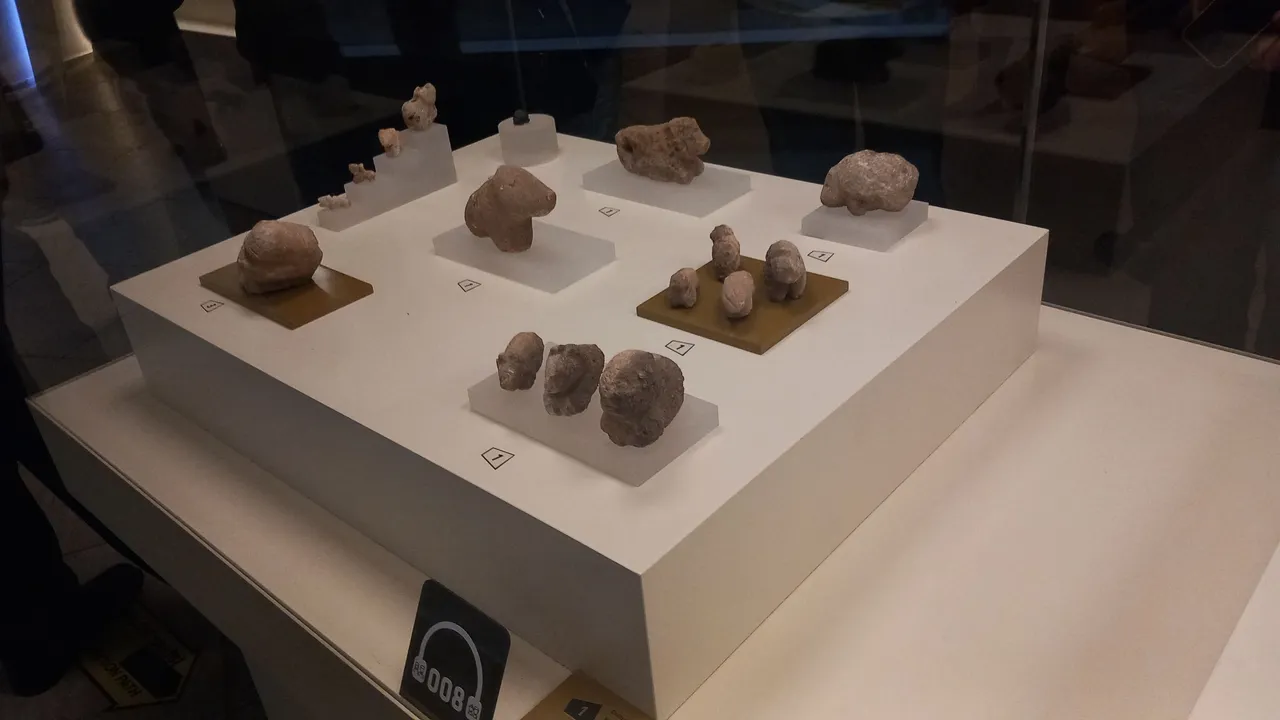
Kapıdan içeri adım atar atmaz ilk hissettiğim şey, ağırbaşlı bir sessizlik oldu. Burada herkes biraz yavaş konuşuyor, biraz yavaş yürüyor; çünkü vitrinlerde duran taş heykeller, çömlekler ve kemikler, sanki bizi izliyor. O sessiz bakışlar, sana “Biz buradaydık” diyor.
Müze, dünyanın en eski heykelinin evidir: Urfa Adamı. Onu ilk gördüğüm an, zamanın üstümden çekildiğini hissettim. 1,80 boylarında, kireçtaşından oyulmuş, gözleri siyah obsidyenden yapılmış bu adam, M.Ö. 9500’lere kadar gidiyor. Yani Göbeklitepe’den bile eski. Üzerinde giysi yok, sadece ellerini göbeğinde kavuşturmuş bir şekilde dikiliyor. Anlatılmaz bir dinginlik ve aynı zamanda huzursuzluk var yüzünde. Sanki binlerce yıl önce, dünyanın nasıl olacağını anlamış da bize söylemiyor.
Müzenin koridorlarında ilerledikçe, Şanlıurfa’nın ne kadar büyük bir tarih katmanına sahip olduğunu görüyorsun. Burada Mezopotamya’nın bereketli topraklarından çıkan eserler var. Göbeklitepe buluntuları, av sahnelerinin işlendiği taşlar, semboller, dikili taşlar… Bazılarının üzerindeki hayvan figürleri öyle canlı ki, sanki birazdan taşın içinden çıkıp etrafında dolaşacaklar.
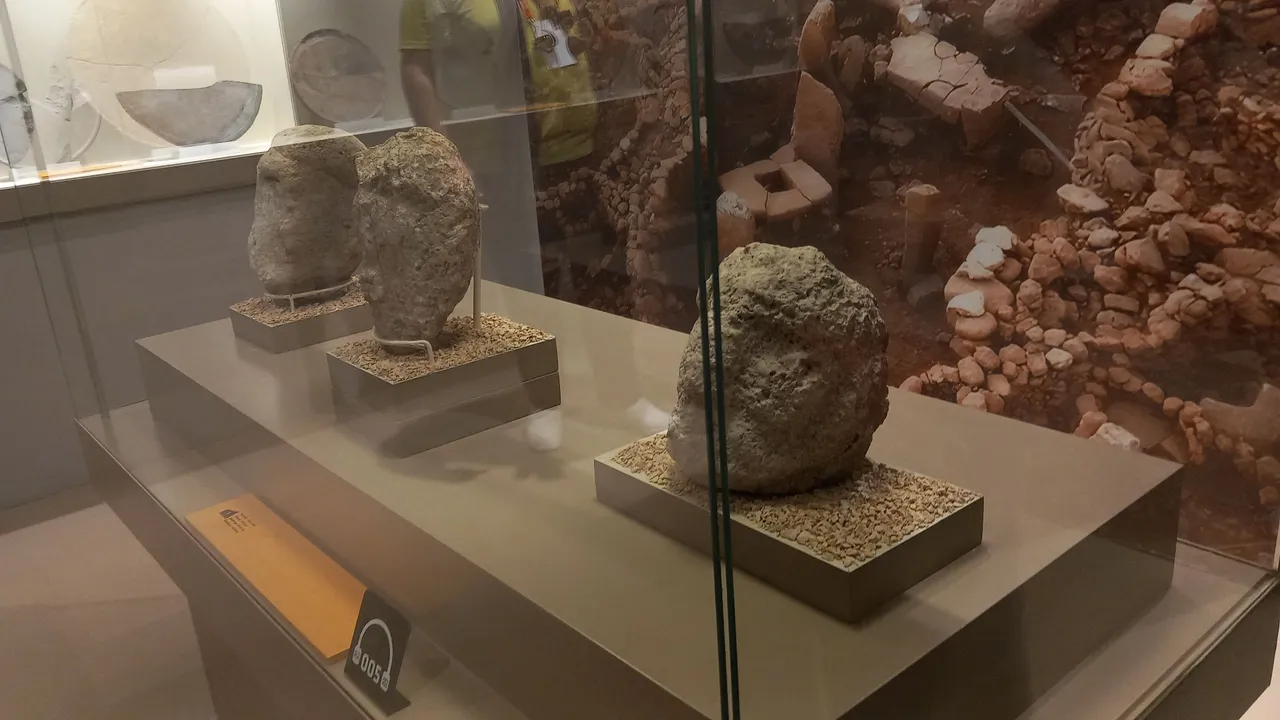
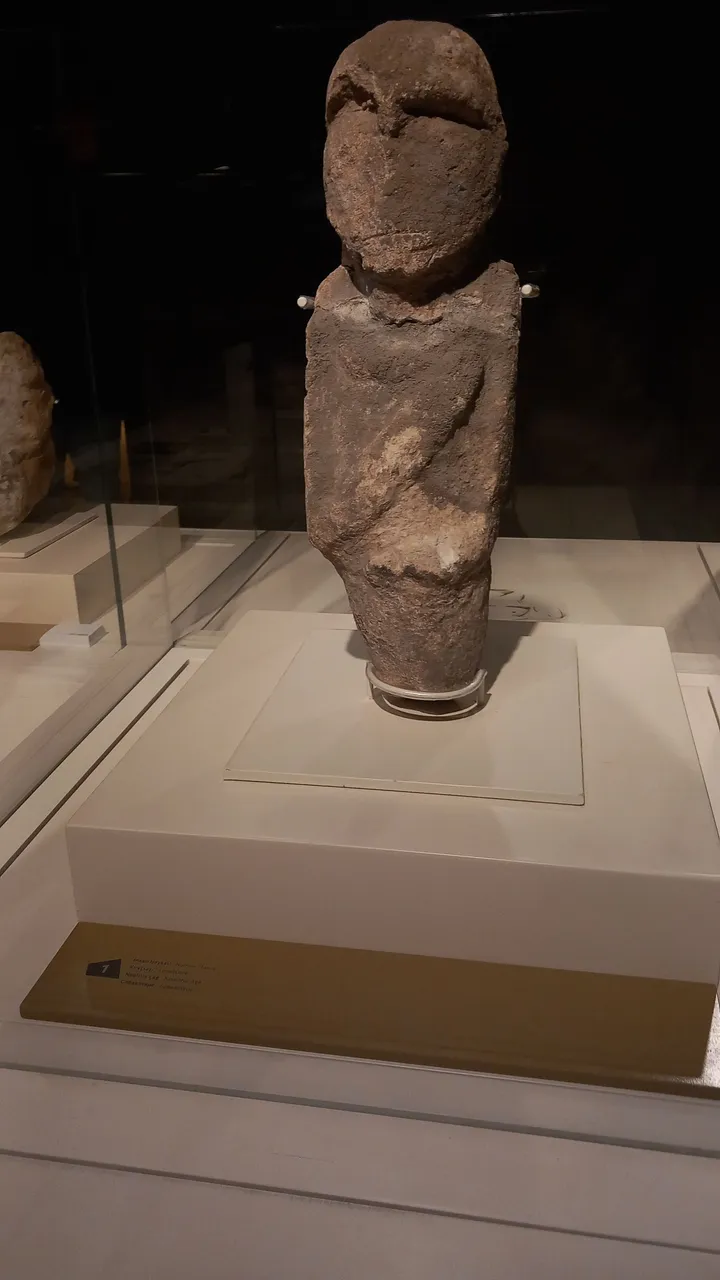
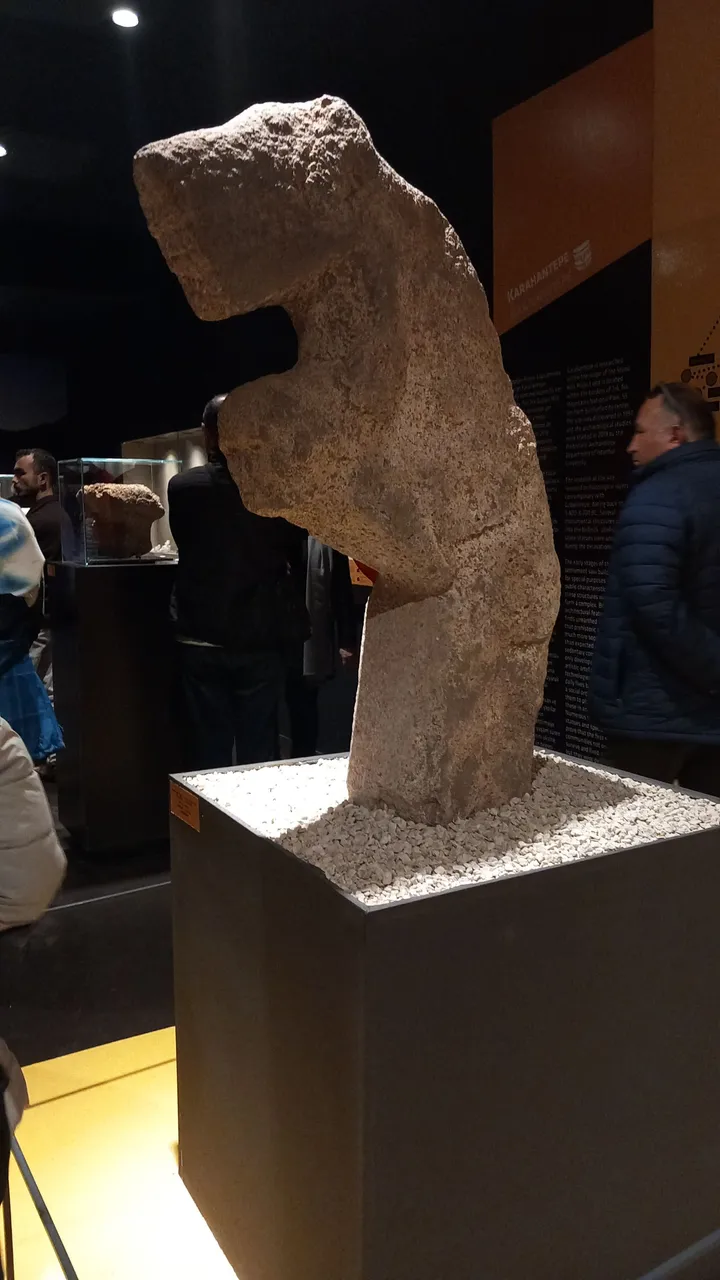
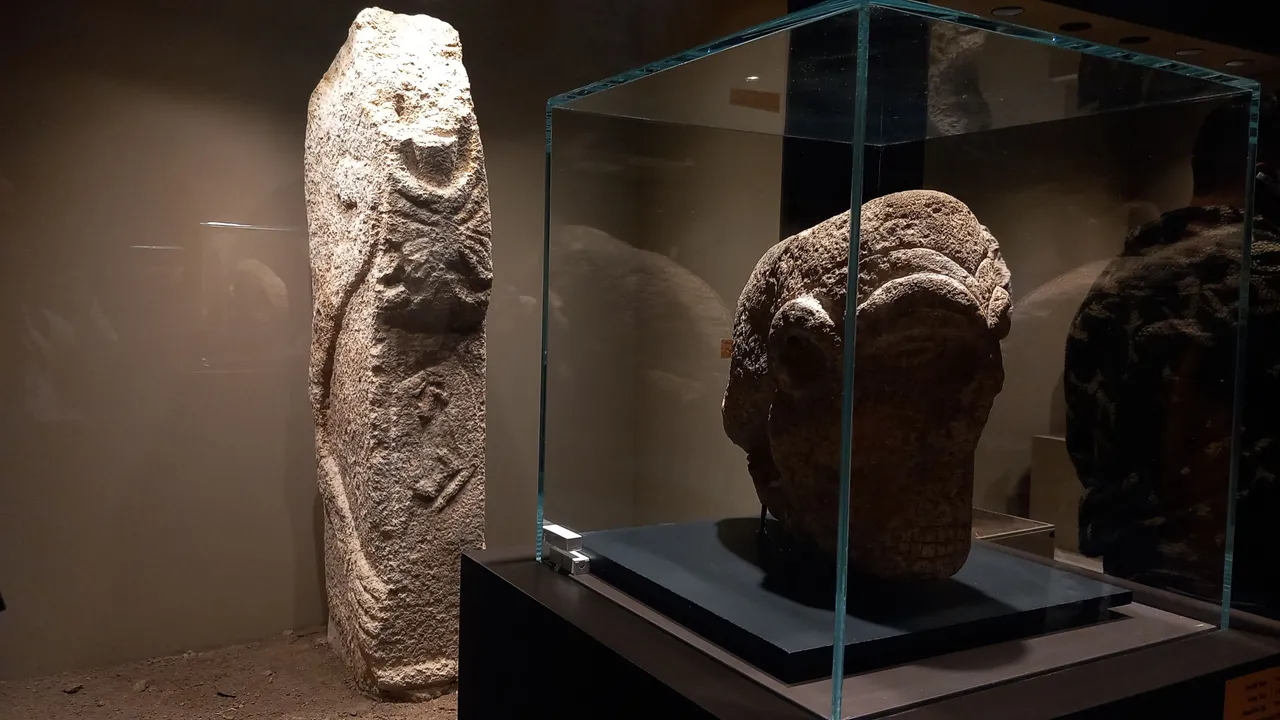



Kollarını göğsünde kavuşturmuş insan figürleri, elleriyle yüzlerini kapatmış gibi duran küçük taşlar… Hepsinde ortak bir ifade var: bir tür bilinmezliğe karşı duyulan saygı. Keşke hepsini sizinle paylaşabilsem veya daha da iyisi sizlerle birlikte sohbet ederek bu müzeyi gezebilsem.
Müzede sadece insan figürleri yok; çömlekler, ok uçları, kemik aletler… Hatta M.Ö. 5000’lerden kalma boyalı kaplar bile var. Onlara bakarken düşündüm, belki de bu kaplarda pişen yemeklerin kokusu, evlerin duvarlarına sinmişti. O koku, zamanla taş ve toprağın hafızasına geçti.
Bir köşede, Urfa ve çevresinde yapılmış eski kazılardan çıkan takılar sergileniyordu. Altın kolyeler, bronz bilezikler, kemikten yapılmış süs eşyaları… Hepsi, binlerce yıl önce de insanların güzelliğe verdiği değeri kanıtlıyor. Düşündüm de, belki o bileziklerden biri, genç bir kızın düğününde takılmış, belki de sevdiği adamın hediyesiydi. Şimdi ise bir cam vitrin içinde, binlerce yabancı göz tarafından inceleniyor.

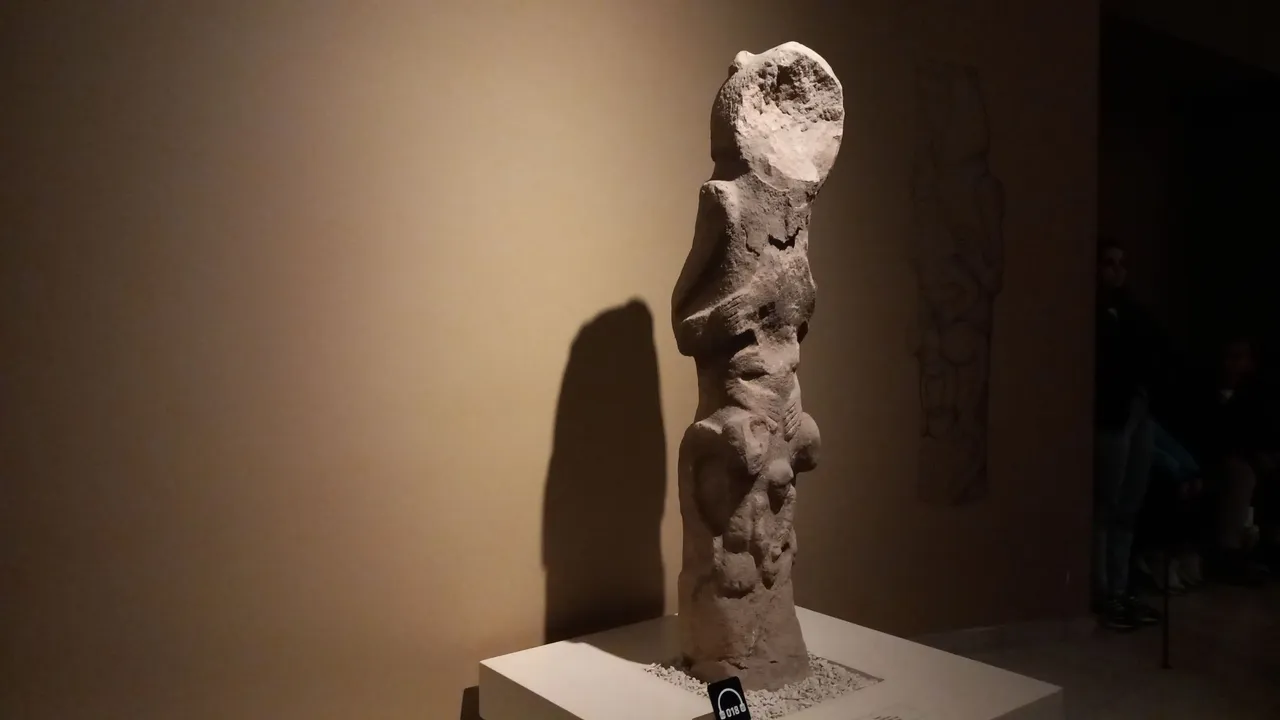
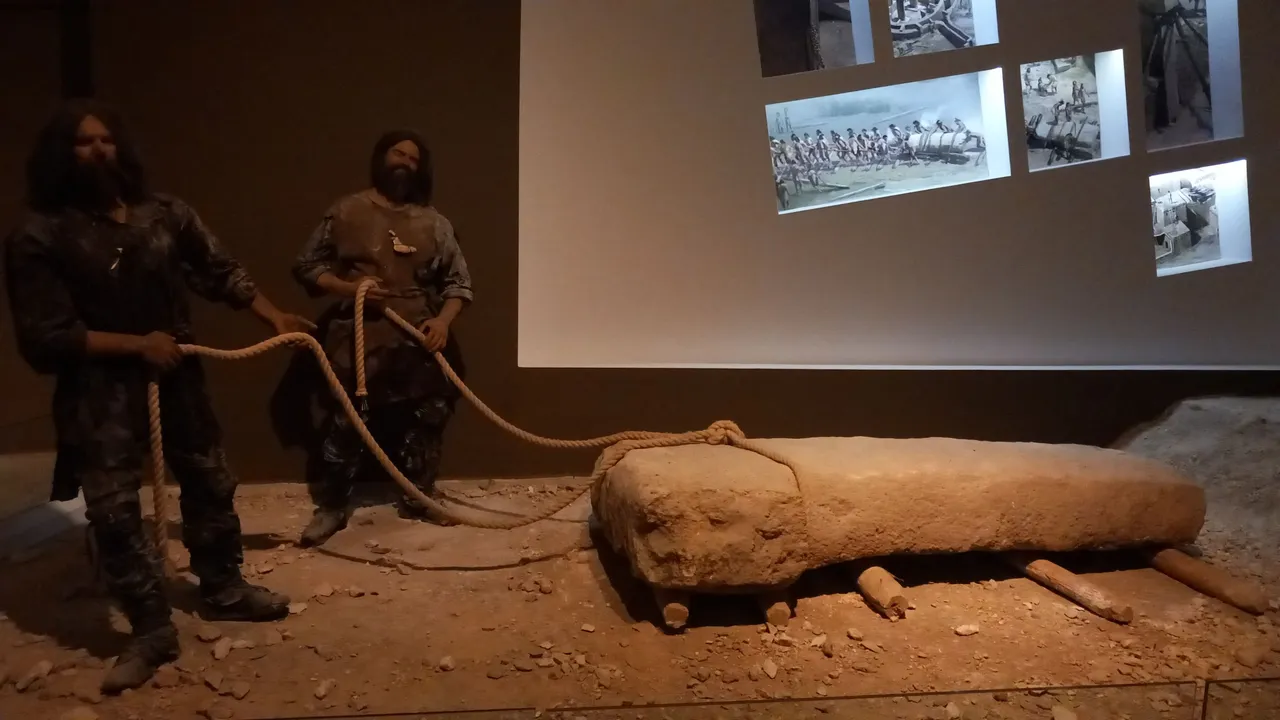

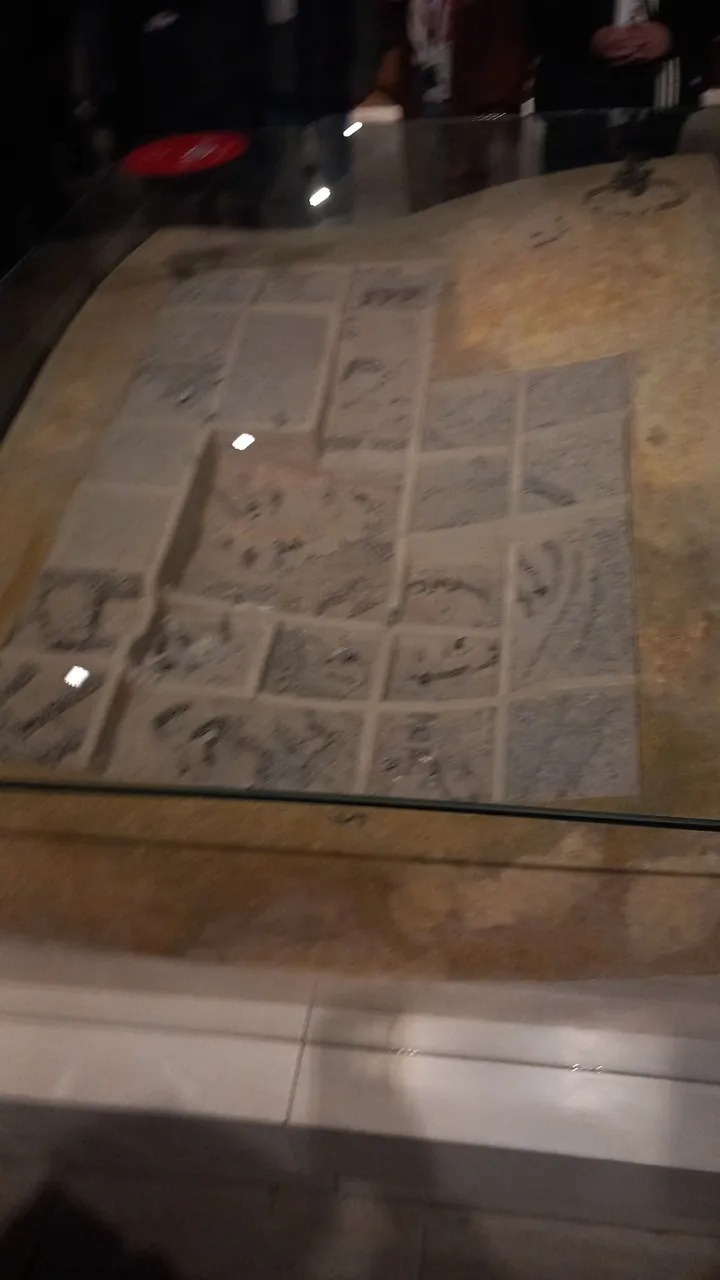
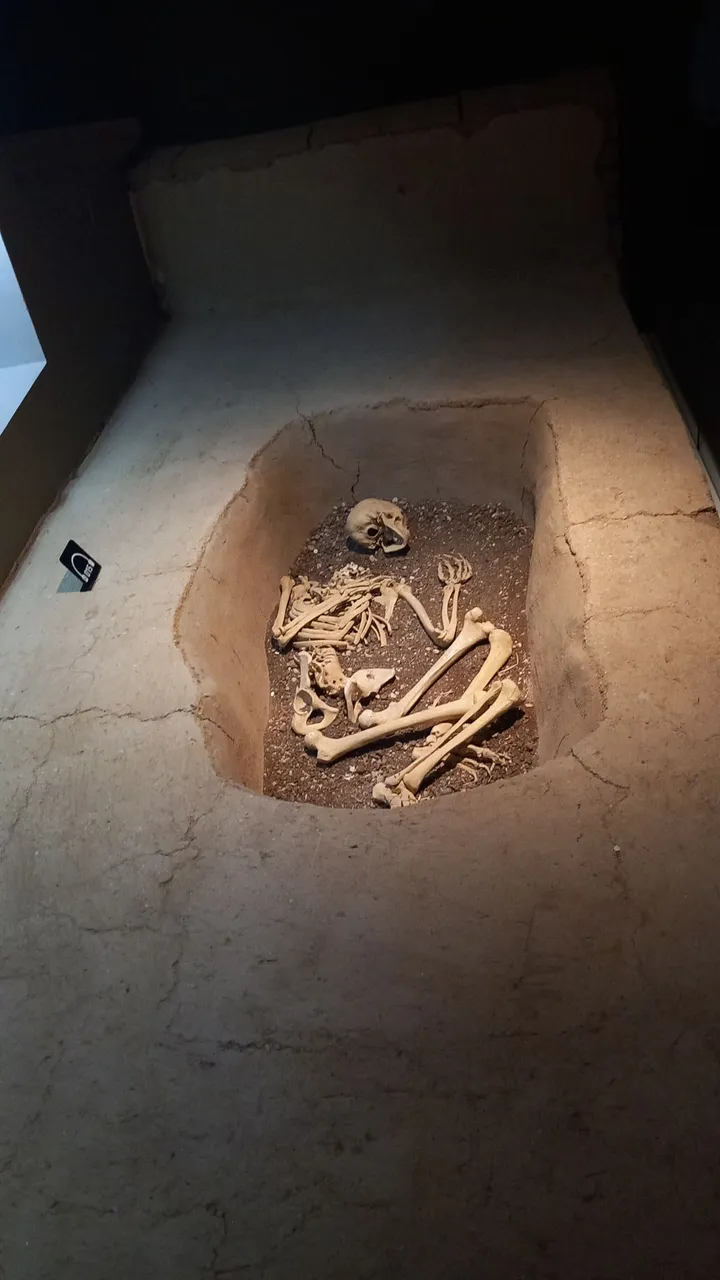
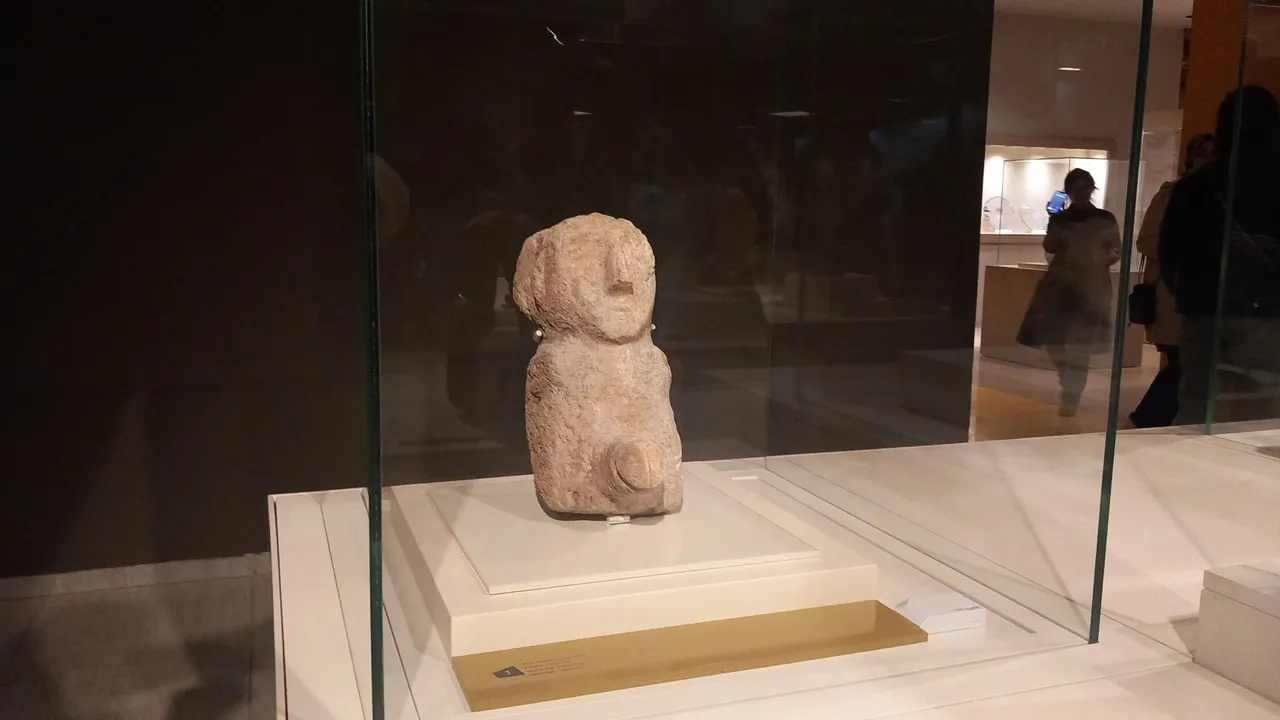
Ve sonra, müzenin sessizliği içinde duyduğum bir his: burası yalnızca bir sergi alanı değil, bir hafıza deposu. O kadar dolu ki bir şeyler daha eklemeye kalkışsam "Yeter artık!" diye bağıracak sanki bana. Burada gördüğüm her obje, bir zamanlar bir insanın elindeydi. Belki bir annenin, belki bir ustanın, belki bir çocuğun… Zaman o insanları bizden almış, ama dokunuşları hâlâ burada.
Müzenin son bölümüne gelmeden önce durup uzun süre vitrinlere baktım. İnsanlık tarihinin bu kadar eskiye giden izlerini görmek, insana kendi hayatının ne kadar kısa olduğunu hatırlatıyor. Biz, belki 70-80 yıl yaşıyoruz; oysa bu taş heykeller 10.000 yıldır ve daha fazladır buradalar. Bir şekilde, bizden daha kalıcı olmayı başarmışlar.
Bu alandan çıkmadan önce bir kez daha Urfa Adamı’nın yanına uğradım. Onun gözlerine bakınca, sanki şöyle der gibi: “Zaman değişir, insanlar değişir, ama biz burada kalırız.”

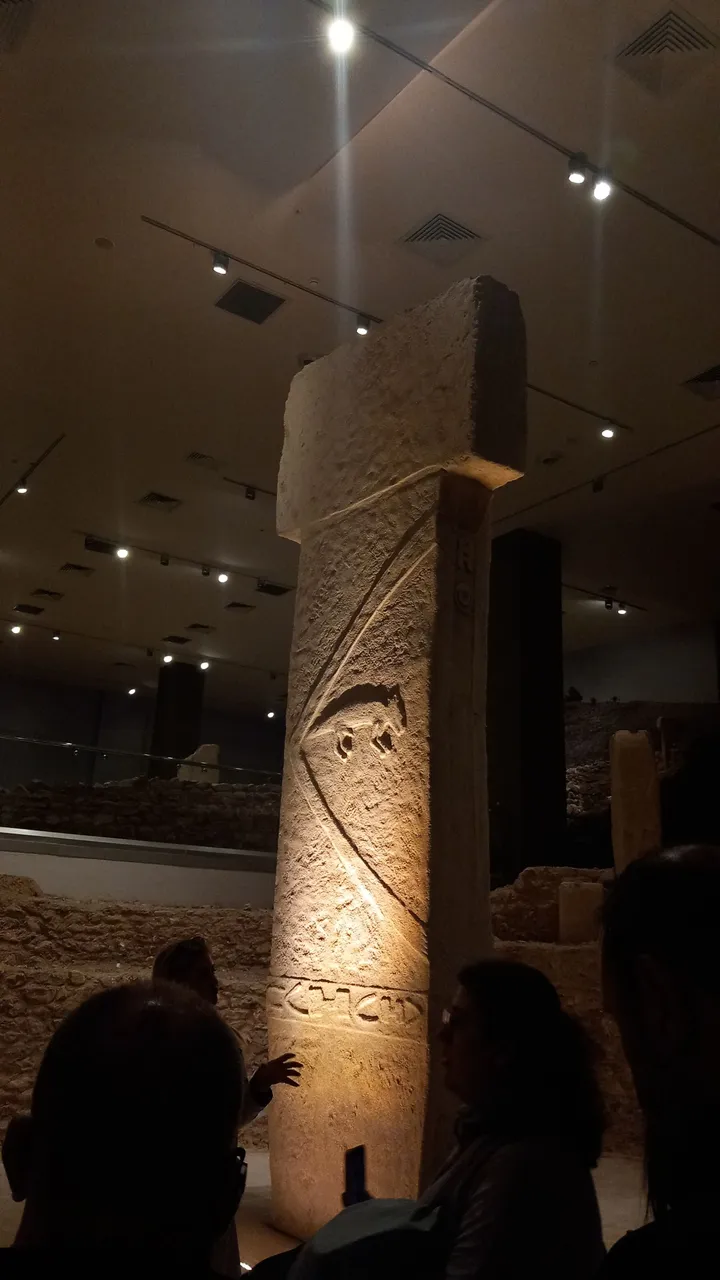

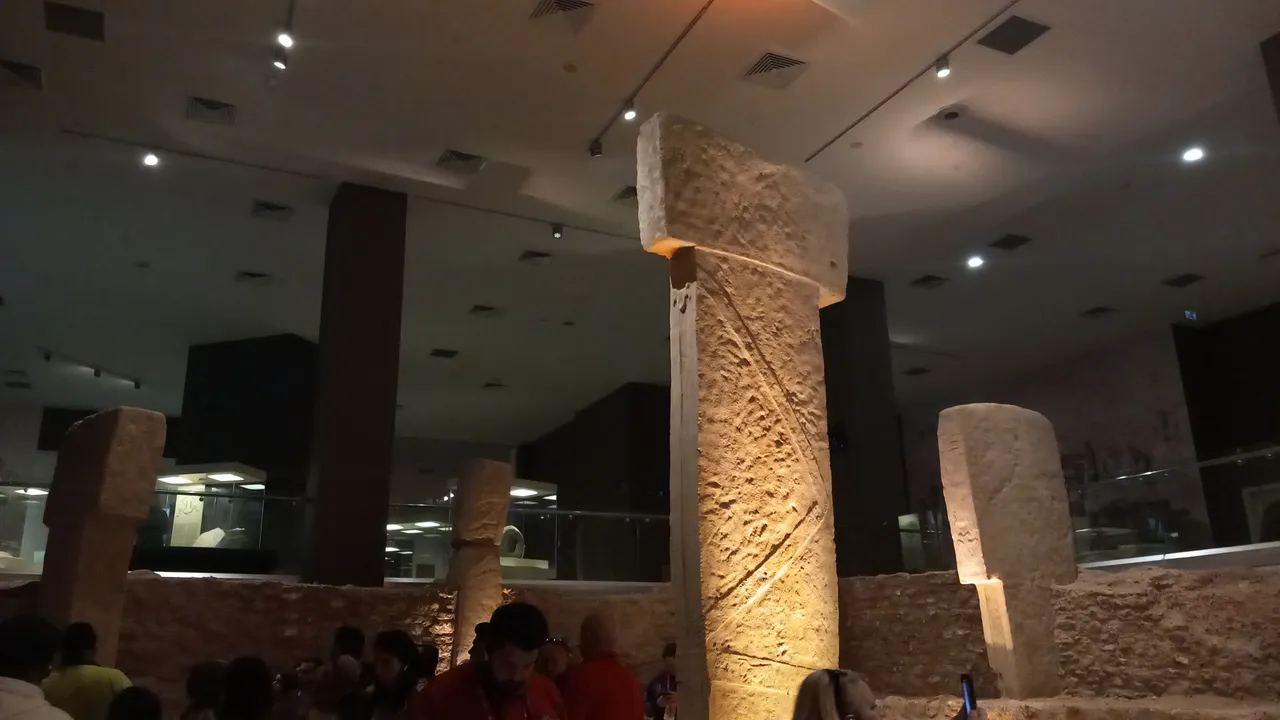
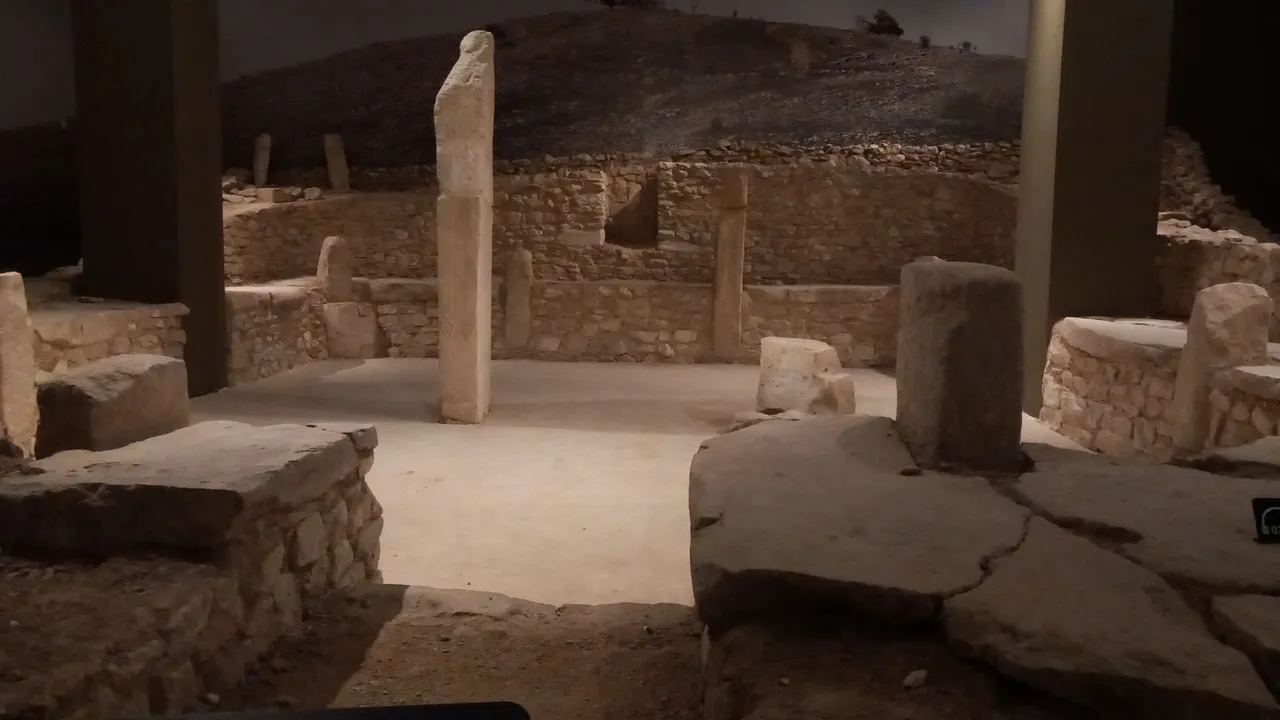
Göbeklitepe replikasına geldik sonunda. Bu alan, orijinal yerleşim alanına gitmeden önce ziyaretçiye neredeyse aynı hissi yaşatacak şekilde hazırlanmış. Taşların üzerindeki kabartmalar… sanki binlerce yıl önce bir avcı-toplayıcı el, sert bir çakmak taşını dikkatle yüzeye sürterek bugüne uzanan bir hikâye bırakmış gibi.
Dikili taşlar, aralarındaki boşluklar, T biçimli sütunlar… Hepsi öyle ince bir düzenle yerleştirilmiş ki insan ister istemez "Burayı yapanlar ne düşünüyordu?" diye soruyor. O taşların üstünde aslanlar, yılanlar, turnalar… Hangi anlamı taşıyordu? İnanç mı, toplumsal düzen mi, yoksa çok daha derin, bizim hayal edemediğimiz bir sebep mi?
Müze, replikada ziyaretçiyi sadece bakmaya değil, hissetmeye de davet ediyor. Orijinal Göbeklitepe’ye gidenler bilir, oradaki atmosferin kendine özgü bir sessizliği vardır. Burada o sessizlik yok, ama başka bir şey var: Yakından görme, detaylara takılma ve belki de taşların üzerindeki izleri parmak uçlarınızla takip etme isteği.
Fotoğraflarınıza bakınca eminim siz de fark edeceksiniz: Işık taşlara hafifçe vurduğunda, kabartmalar adeta canlanıyor. Belki binlerce yıl öncesinin gölgeleri, kısa bir anlığına yanınızdan geçip gidiyor. Ve siz, müzenin ortasında, dünyanın en eski bilinen tapınağının yeniden doğmuş hâliyle göz göze geliyorsunuz.
Sizlerle paylaşmak istediğim onlarca fotoğraflardan sadece birkaçını gösterebildim sizlere. Umarım iyi bir iş çıkarmışımdır. Şanlıurfa Arkeoloji Müzesi'nin bize sunduğu ve benimde sizlere aktarabildiklerim, kelimelerimin yettikleri bu kadardı. Sonra görüşmek üzere. Kendinize dikkat edin, sağlık ve sevgiyle kalın ve lütfen unutmayın ki;
Bu dünyada sizden başka bir tane daha yok.

From All Over Türkiye 31: Eskişehir Hamam Museum
From All Over Türkiye 39: Zeugma Mosaics Museum, Gaziantep
From All Over Türkiye 38: The First Grand National Assembly of Türkiye
From All Over Türkiye 37: Roman Baths and Open Air Museum
From All Over Türkiye 36: The Museum of Anatolian Civilizations
From All Over Türkiye 35: Anıtkabir, Atatürk's Mausoleum
From All Over Türkiye 34: Duatepe, last stand of Ankara
From All Over Türkiye 33: Gordion, Tomb of King Midas with Donkey Ears
From All Over Türkiye 32: Eldem, The labour of your hand, the apple of your eye
All of my content is written in Turkish first and then with the help of translators and dictionaries below translated in English.
https://www.seslisozluk.net P.S. If you know English AND Turkish, I do that too... If you see a translation discrepancy that was on purpose. I did think this is as proper as I could do. Because there are many differences between these languages.
Not: Hem Türkçe hem de İngilizce biliyorsanız, ben de biliyorum... Eğer çeviri farklılığı görürseniz bunun bilinçli olduğunu bilin lütfen. Bunu yapabileceğim en uygun şekilde yaptığımı düşünüyorum. Çünkü bu iki dil arasında çok fazla fark var.
https://www.deepl.com/translator